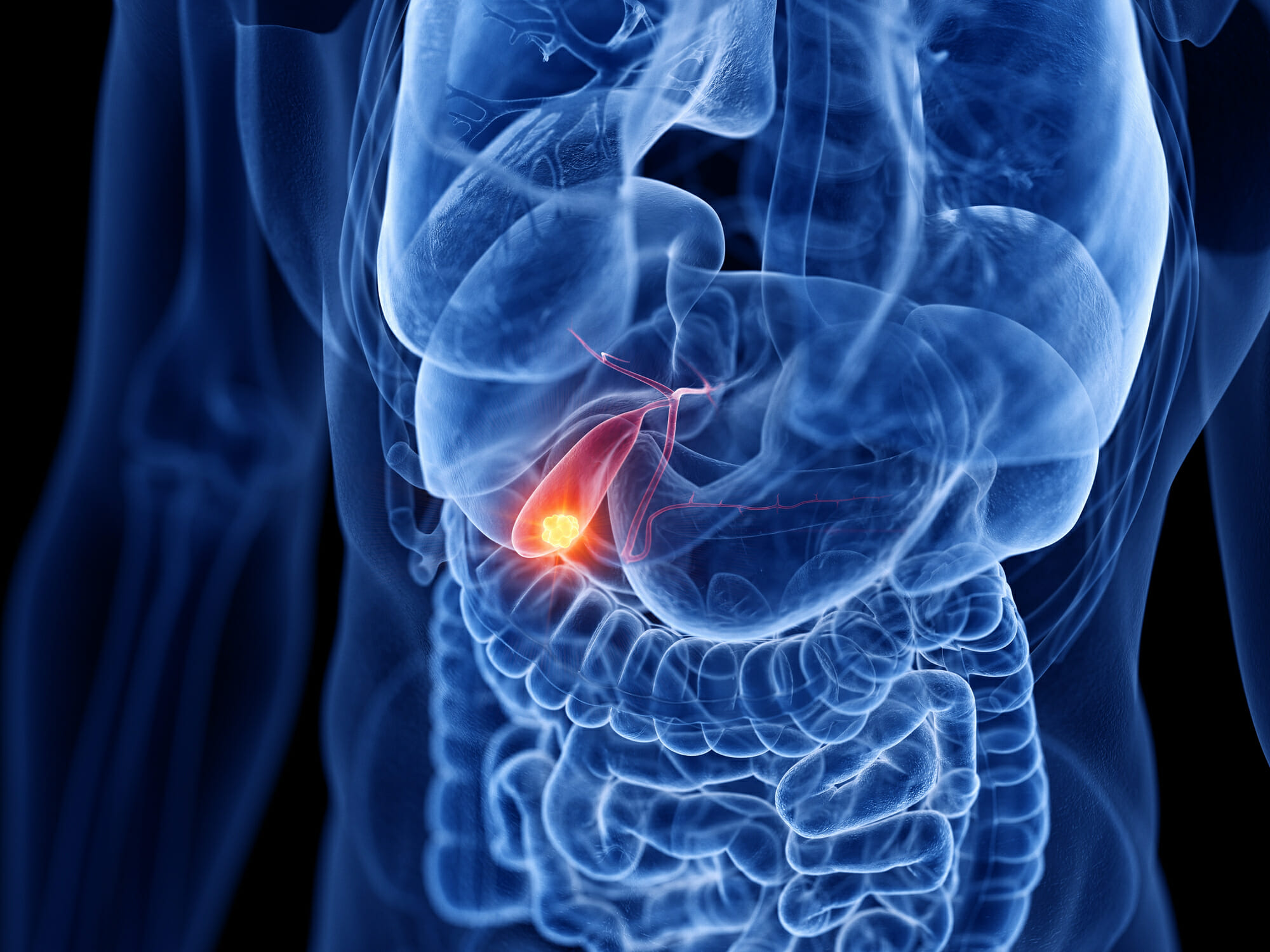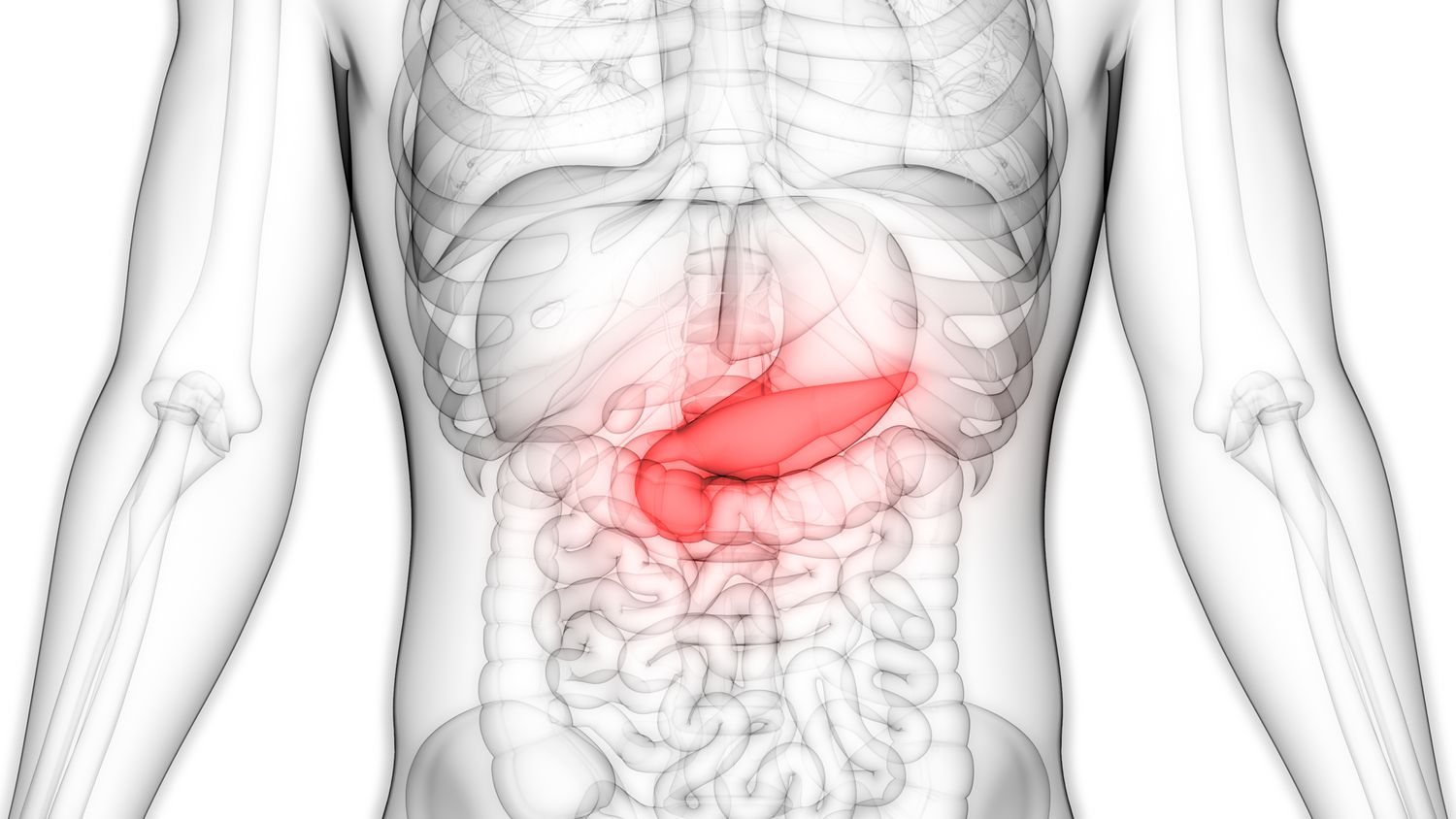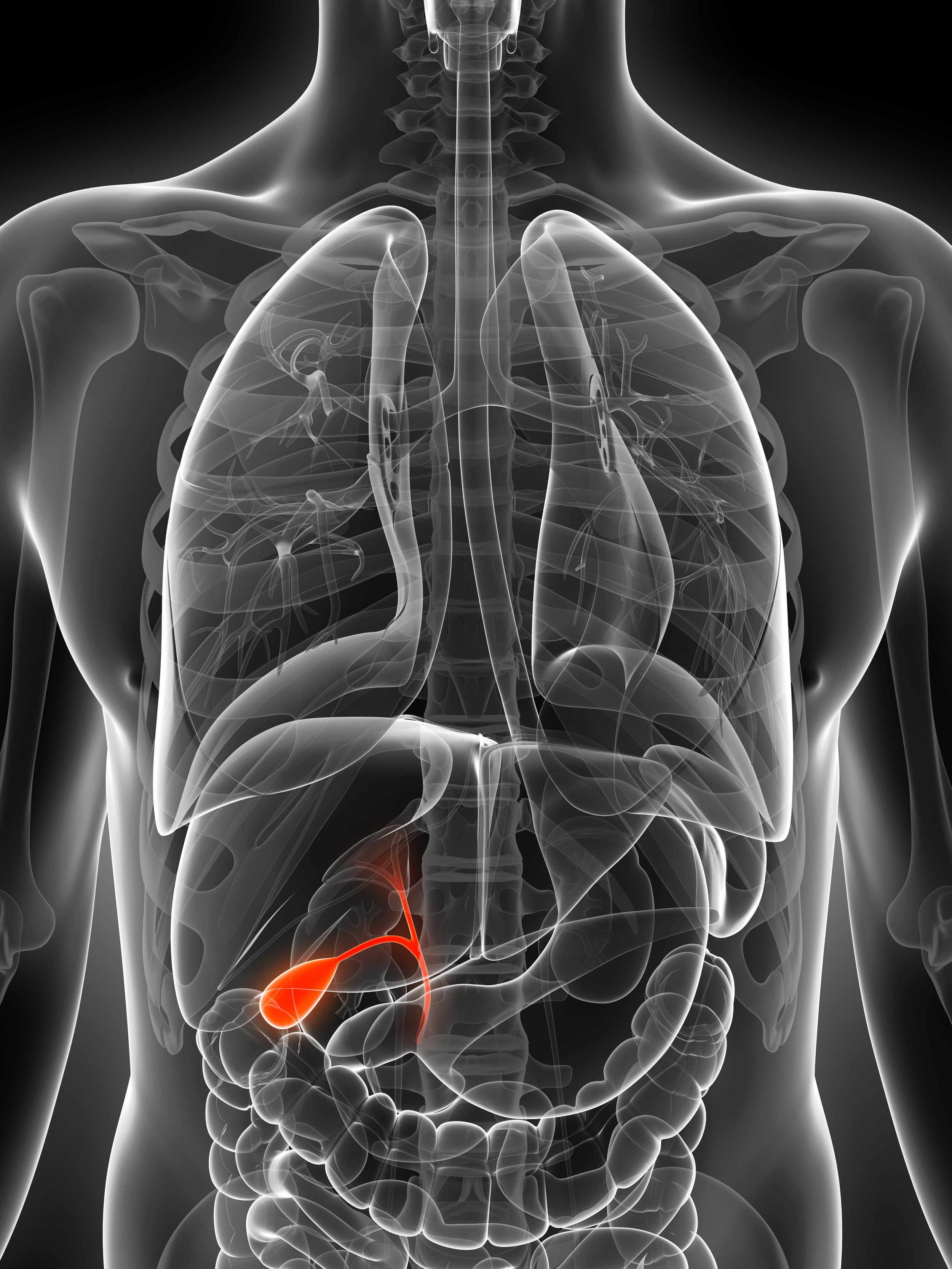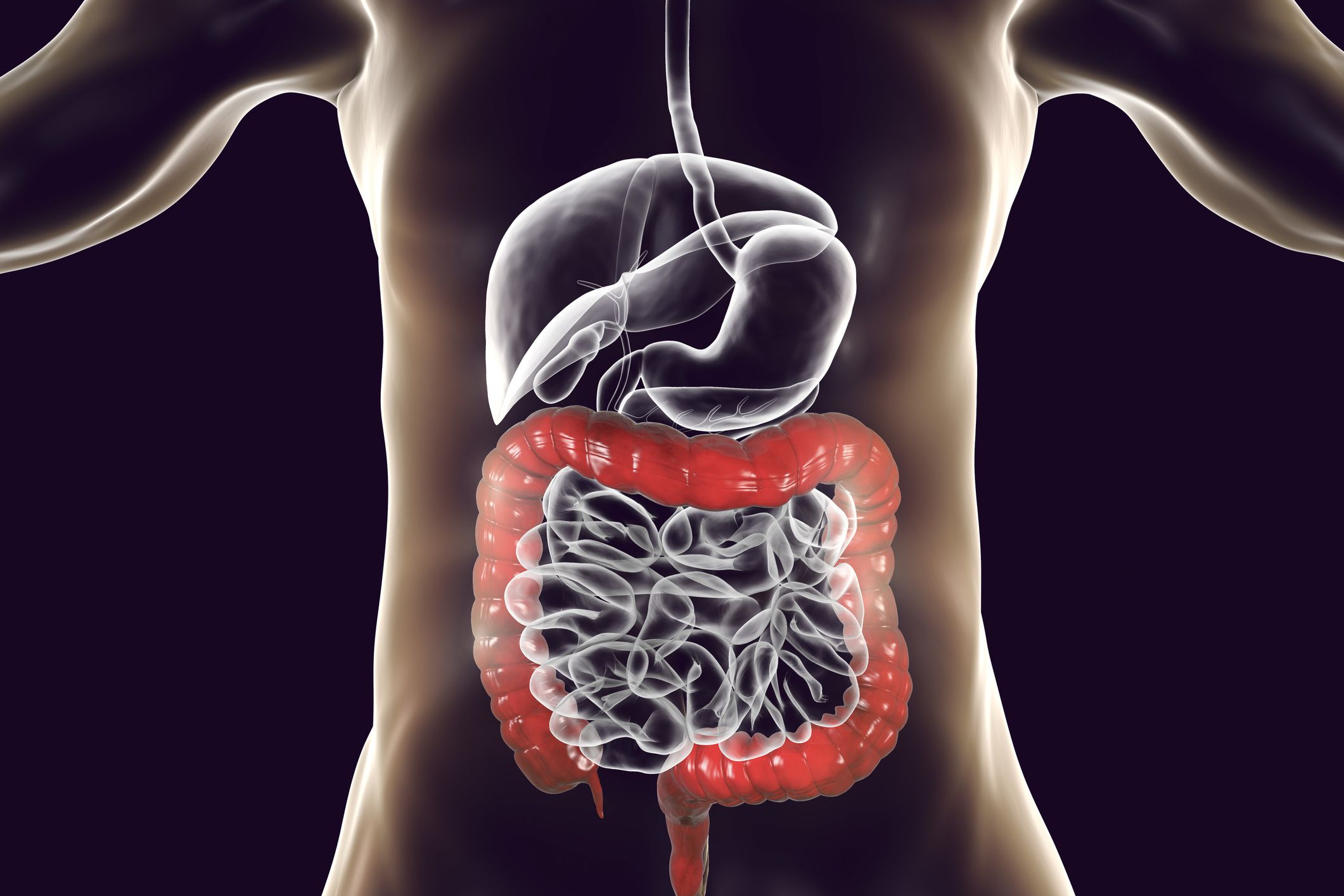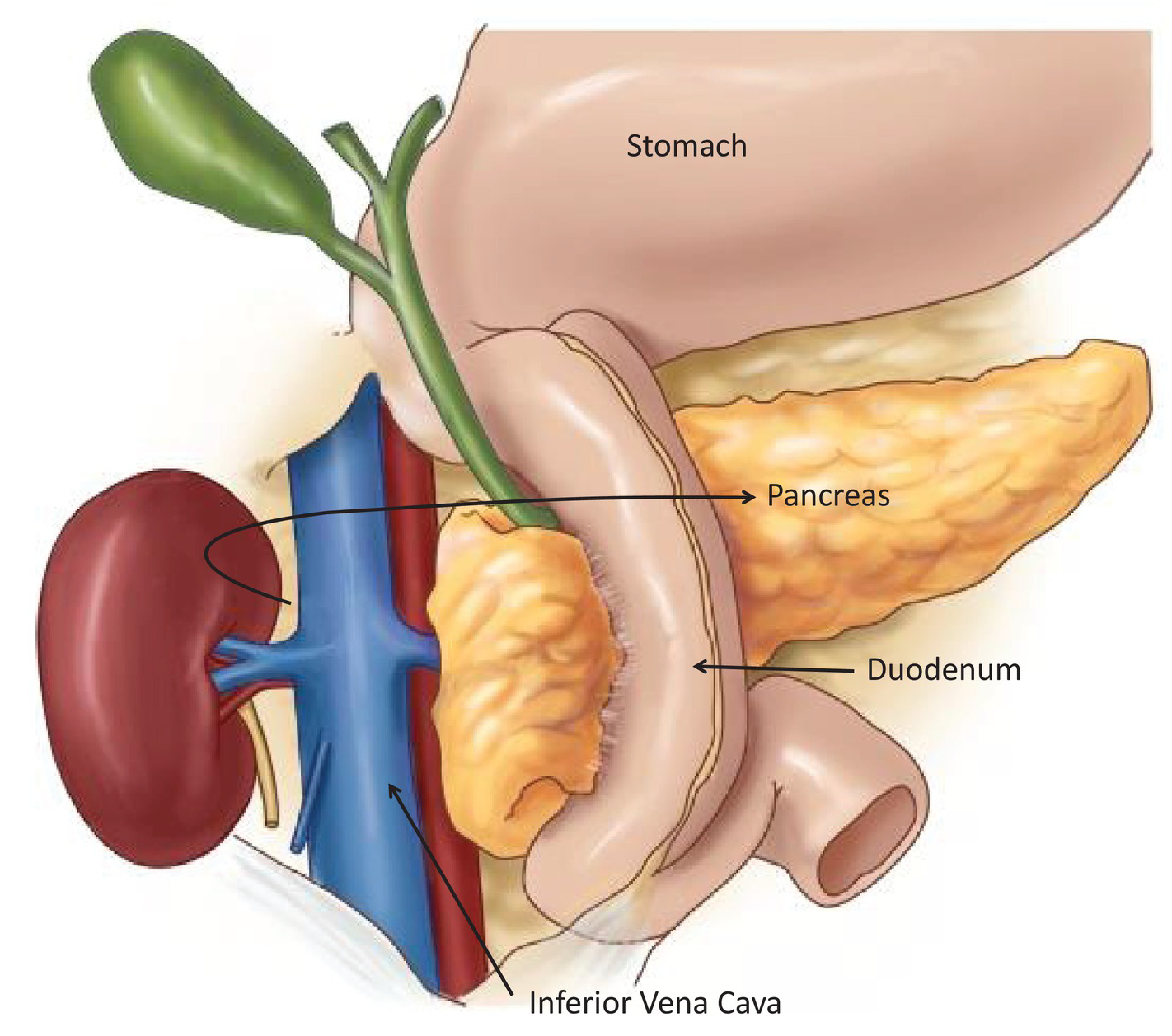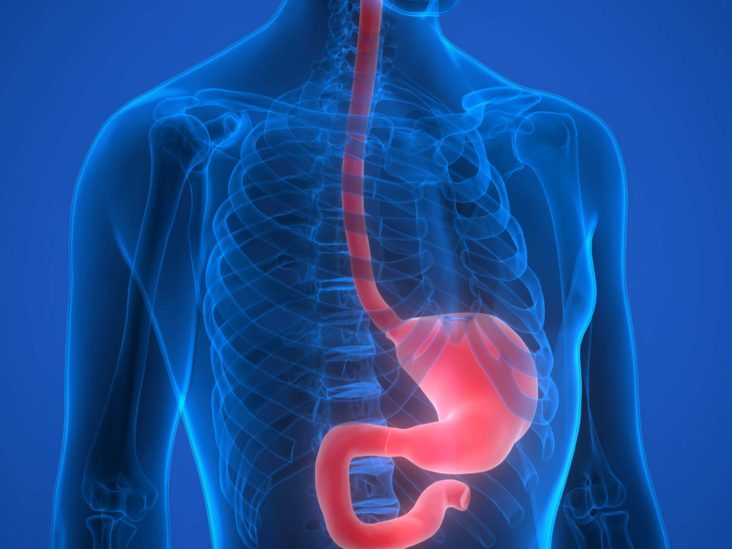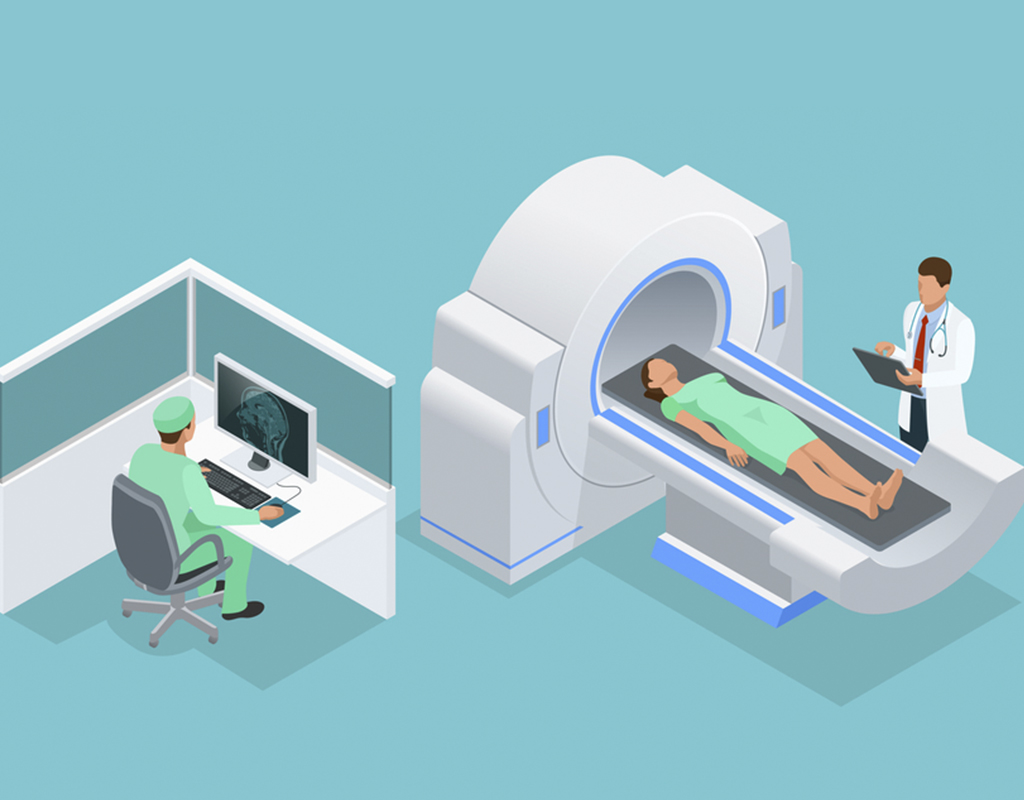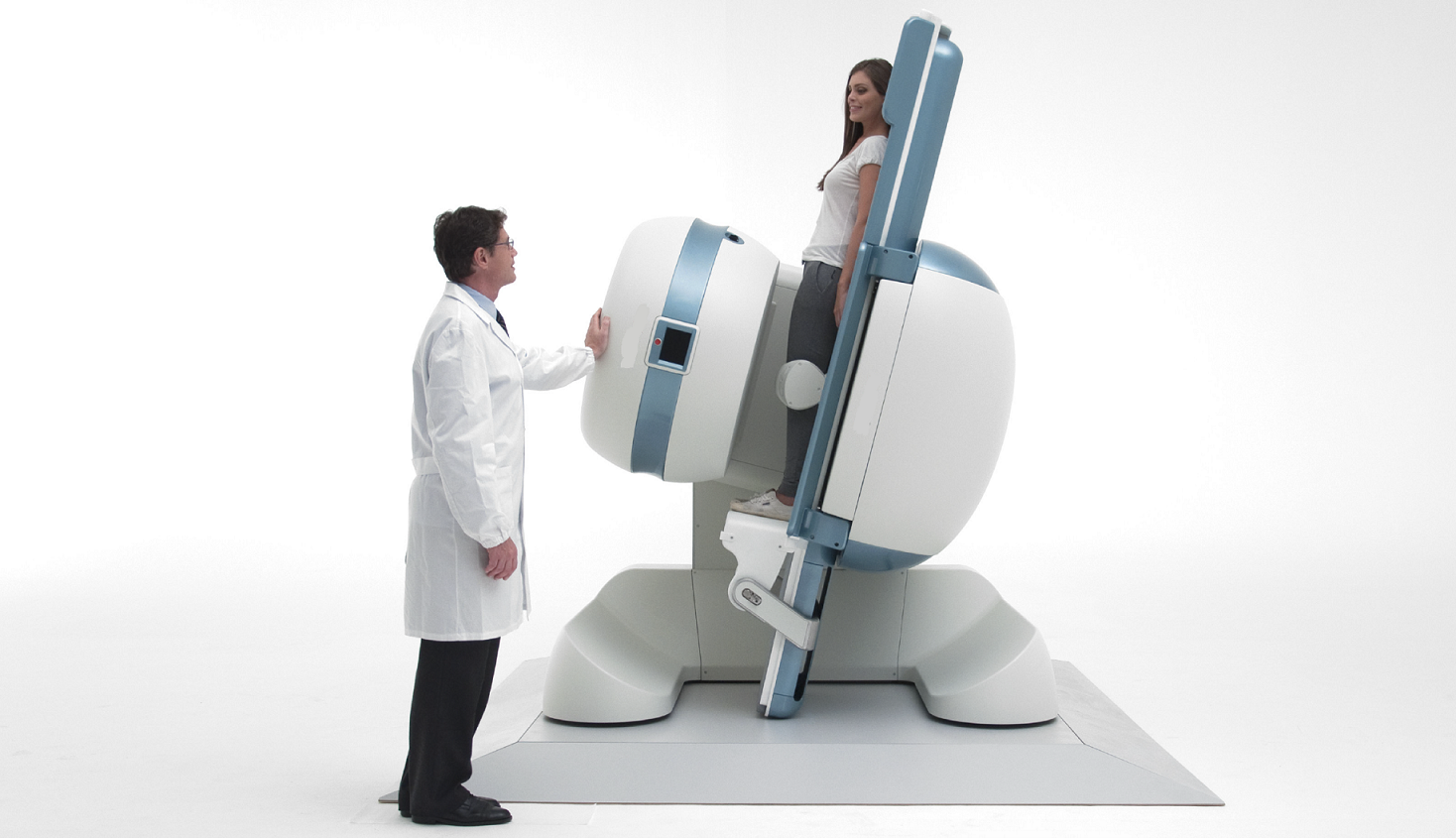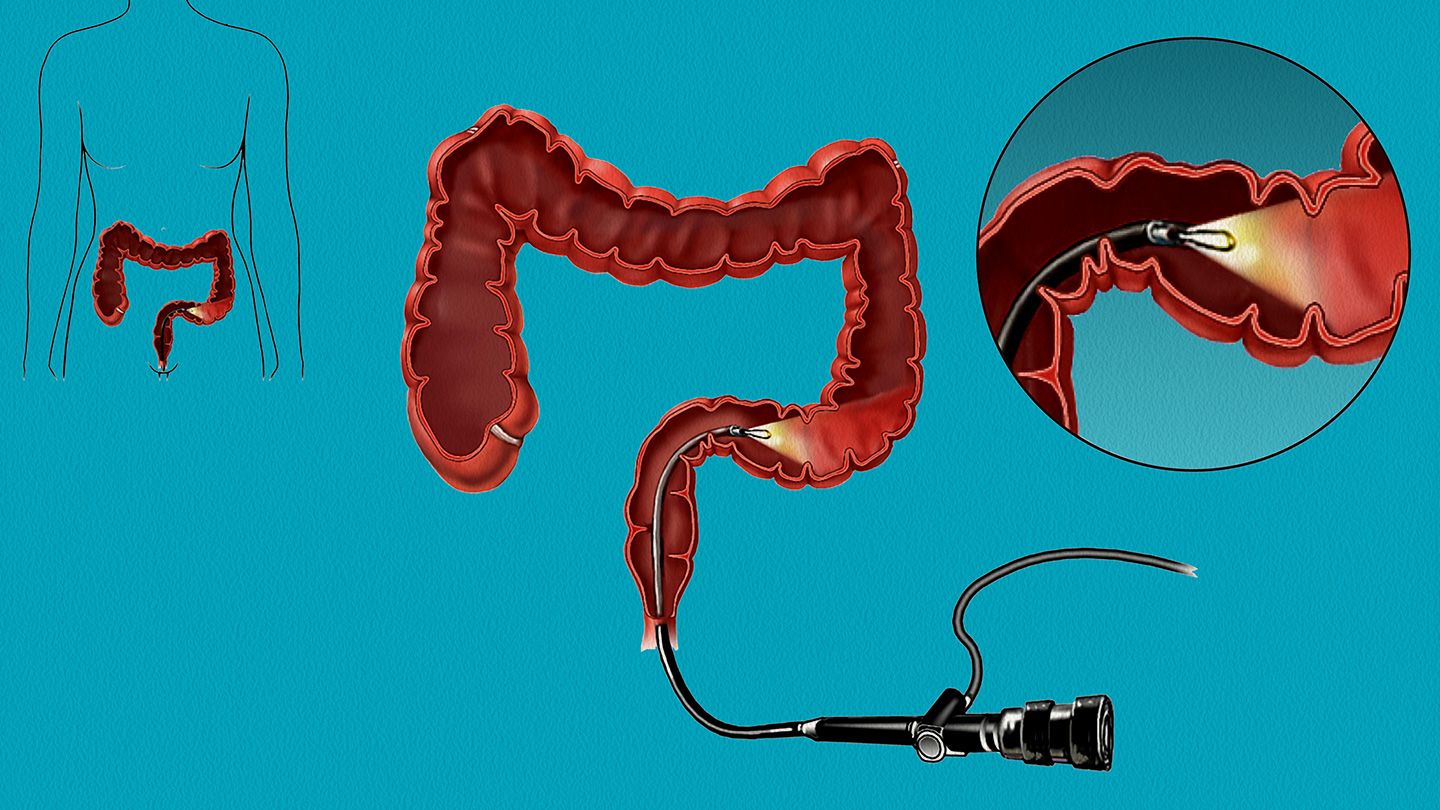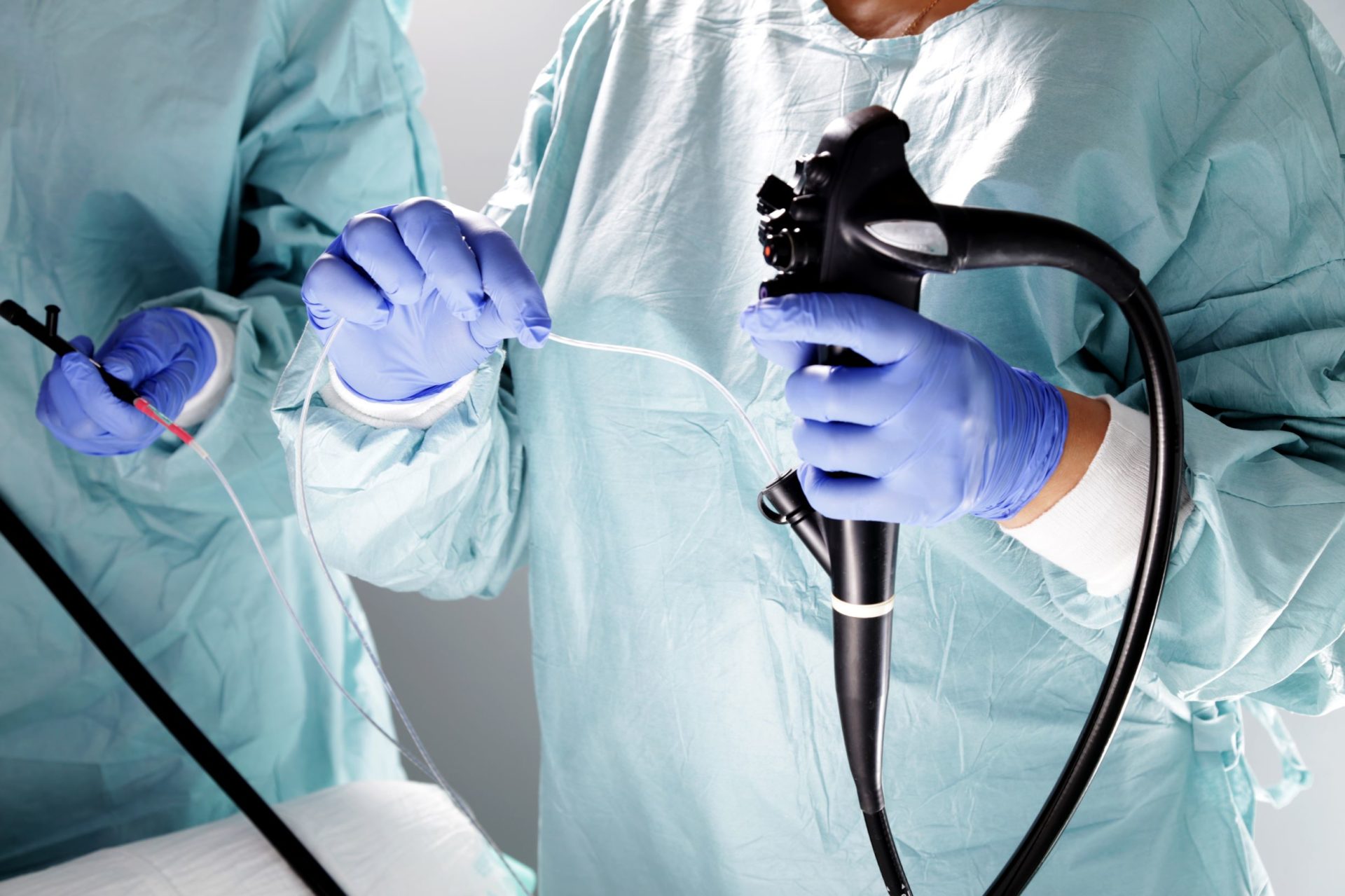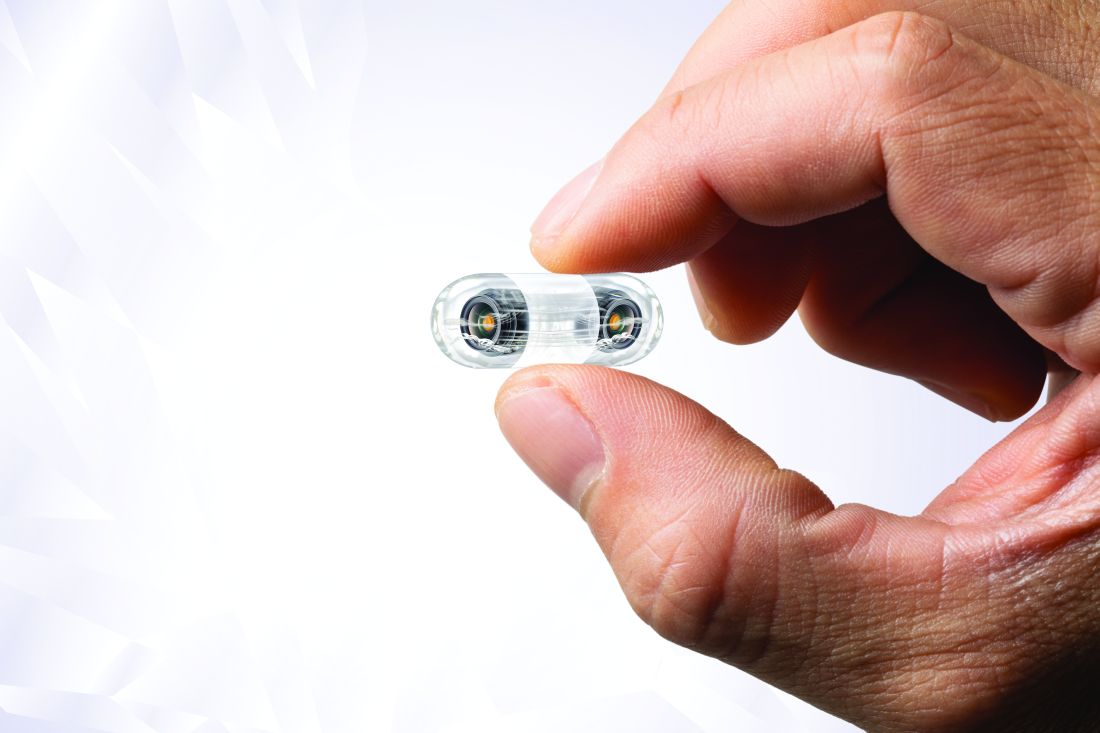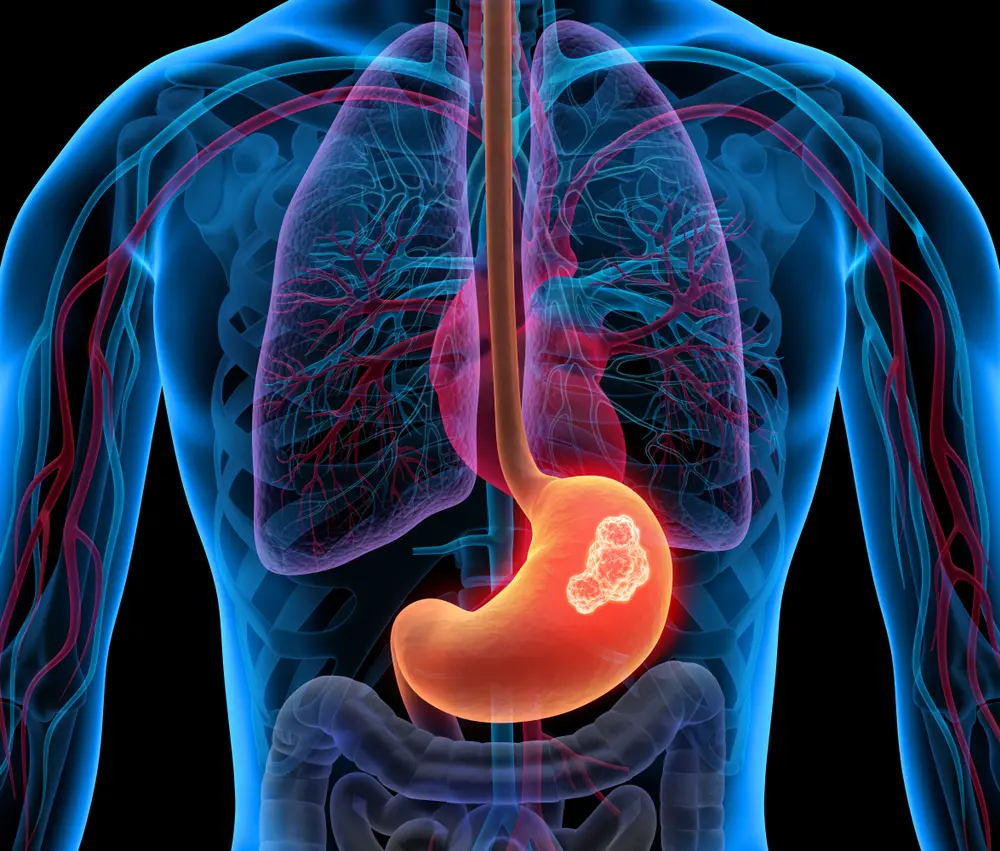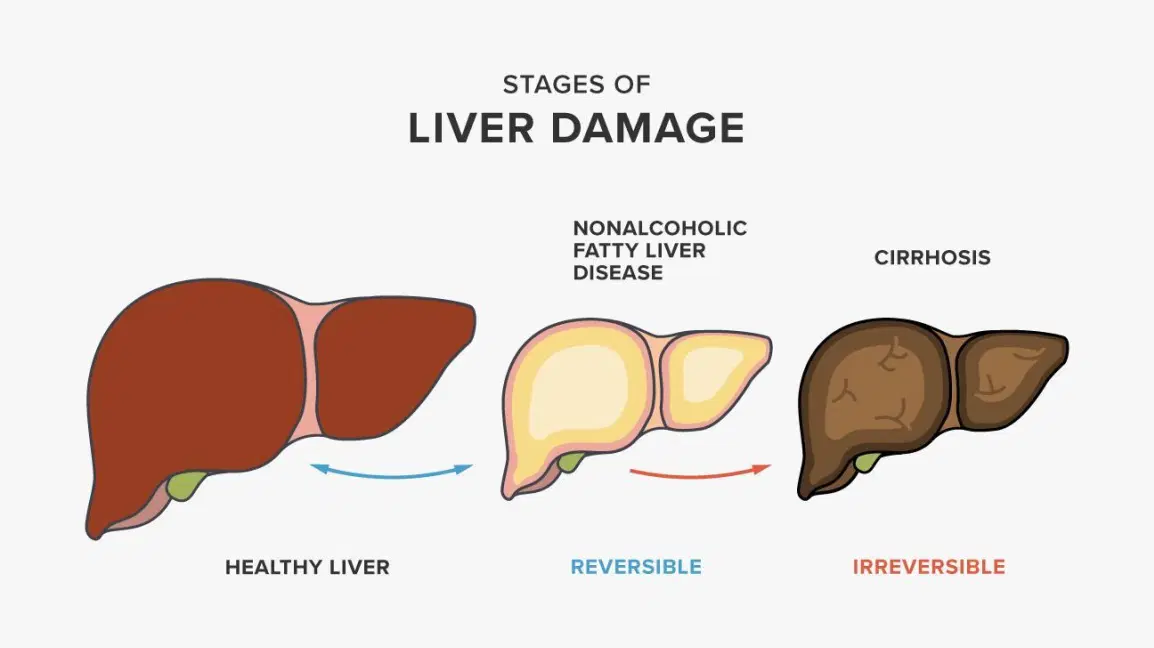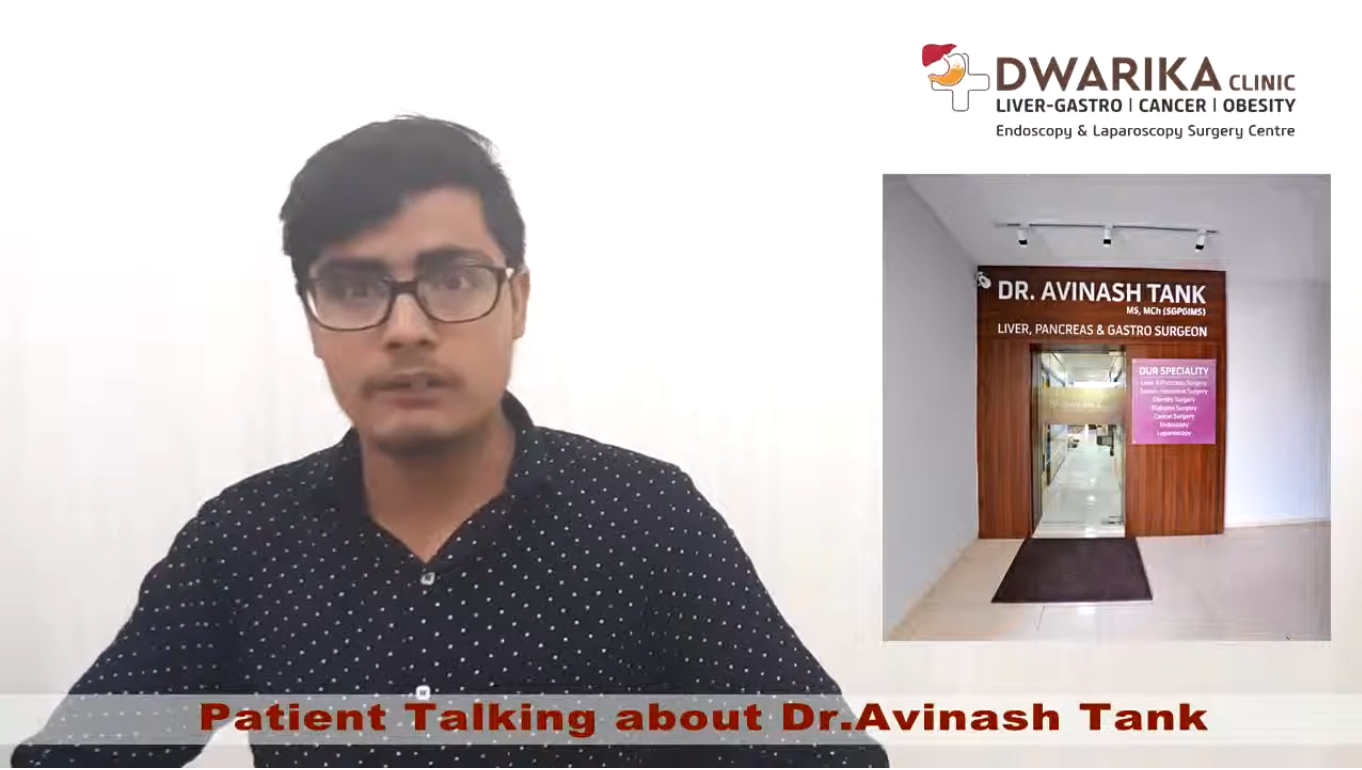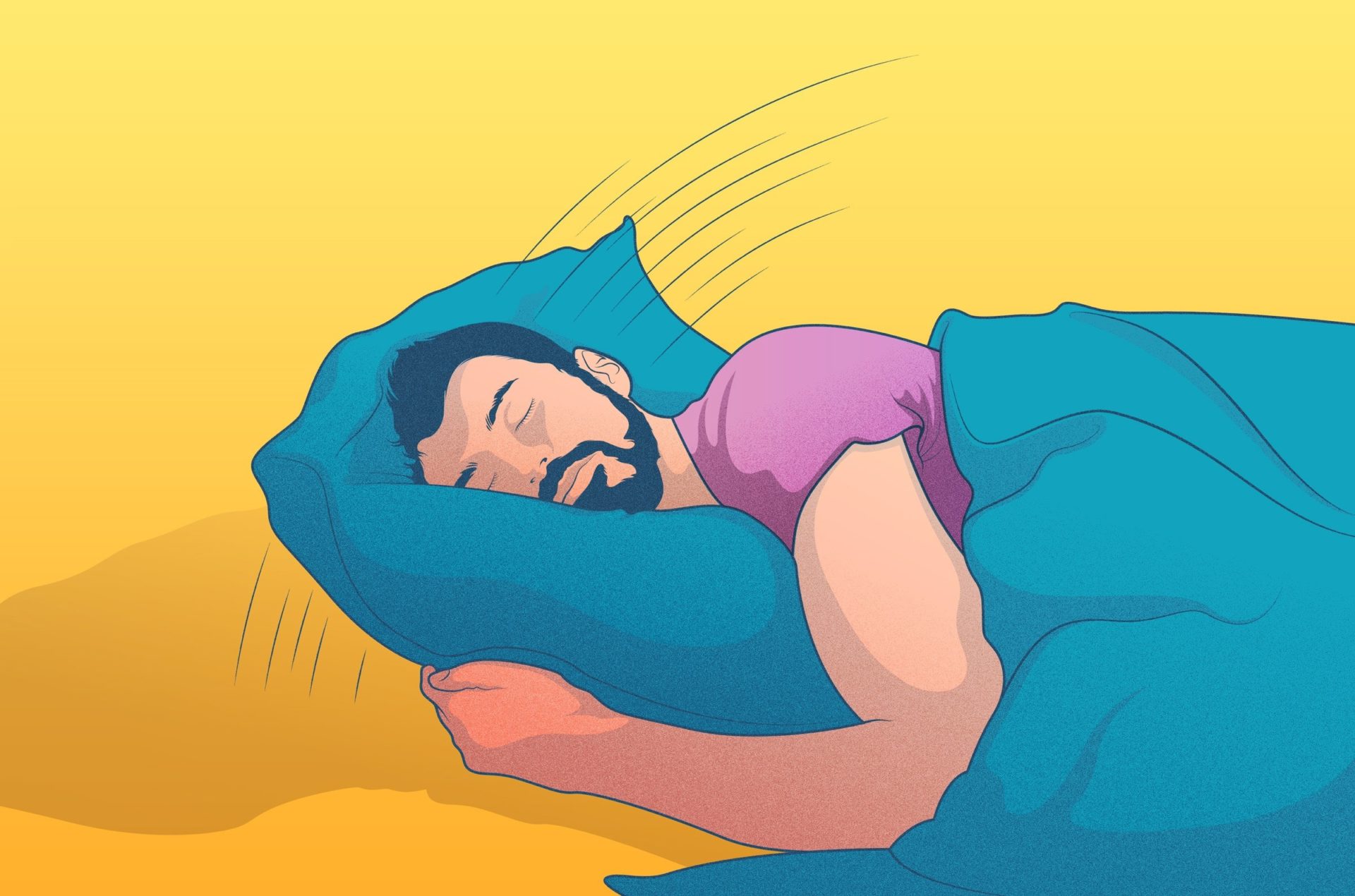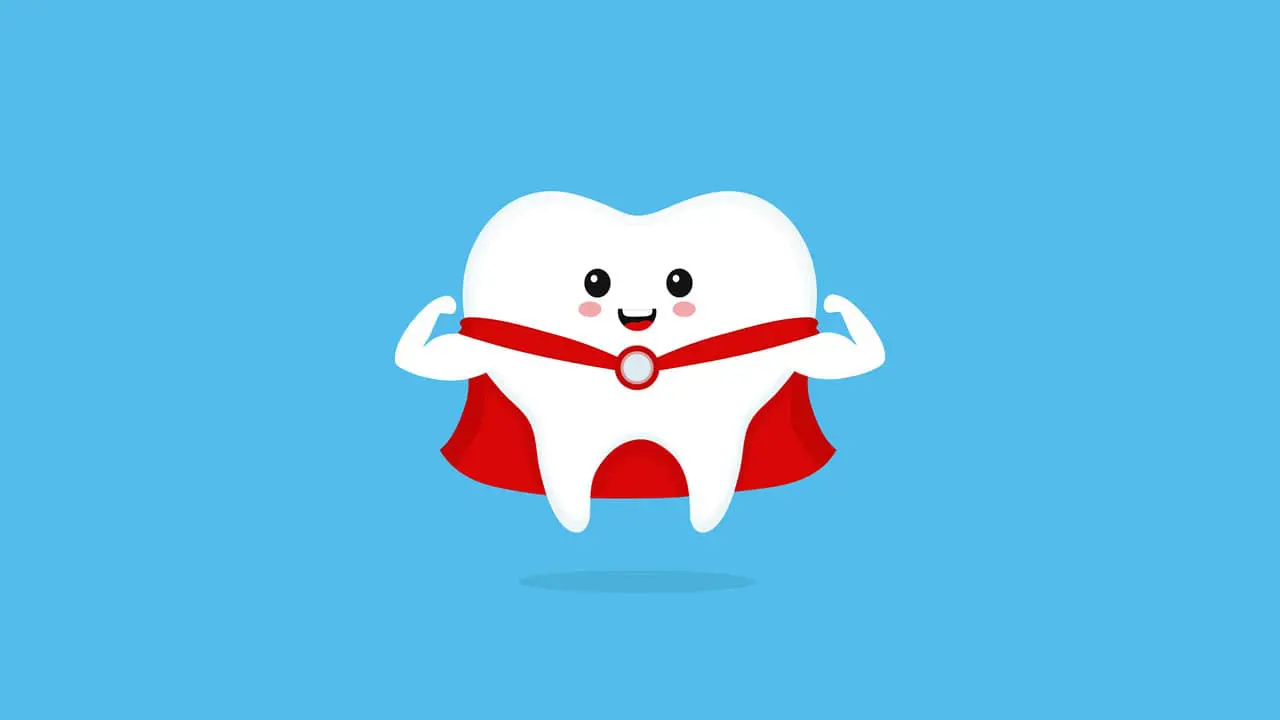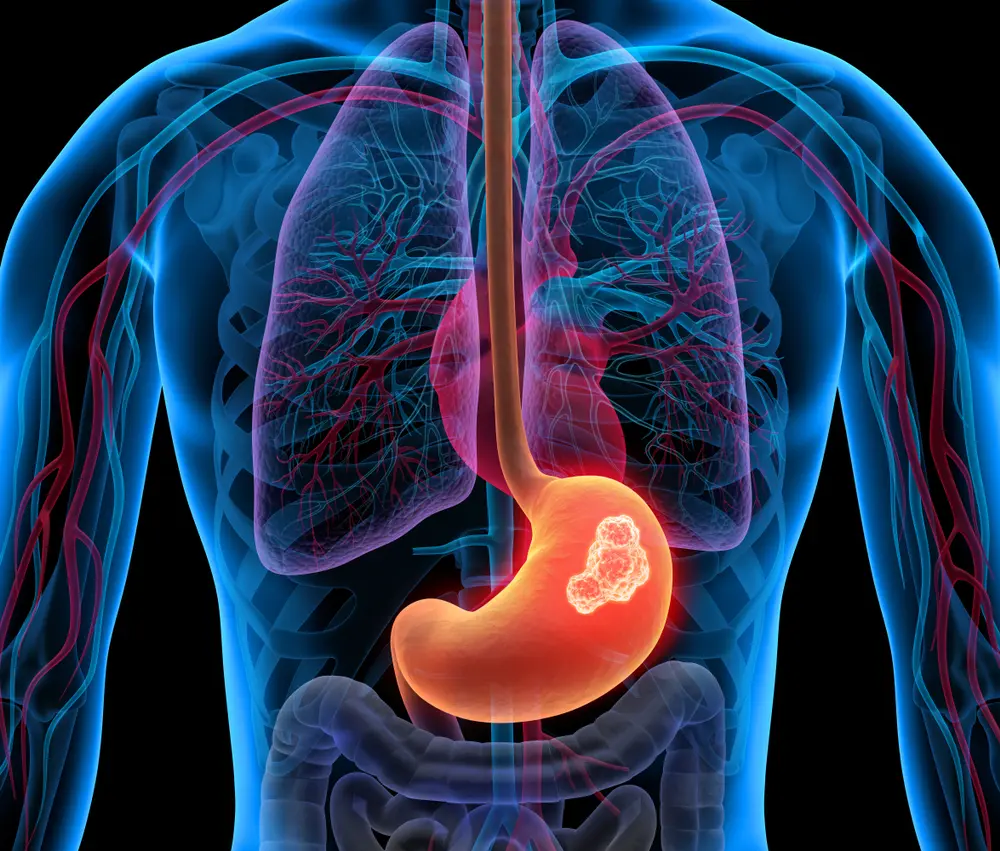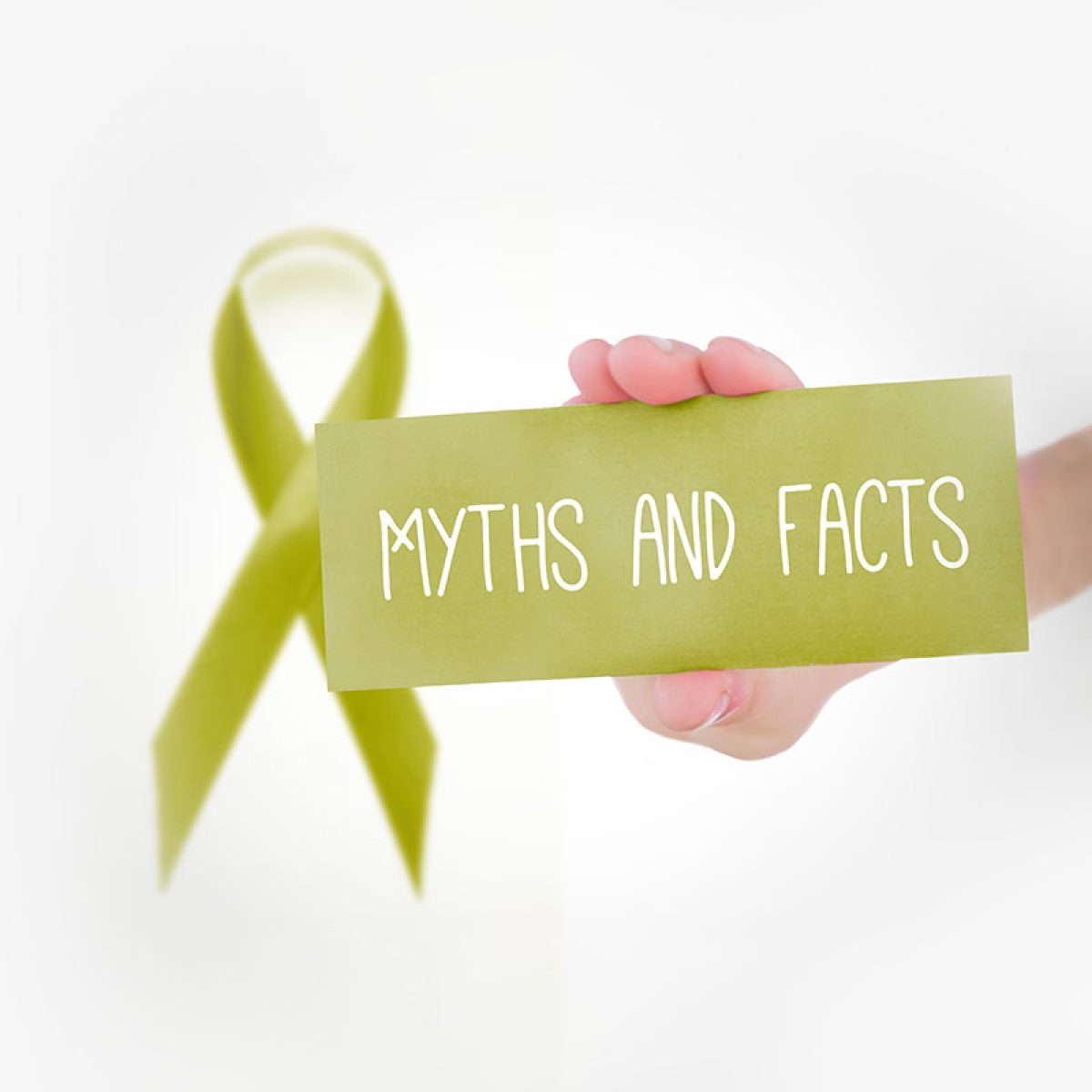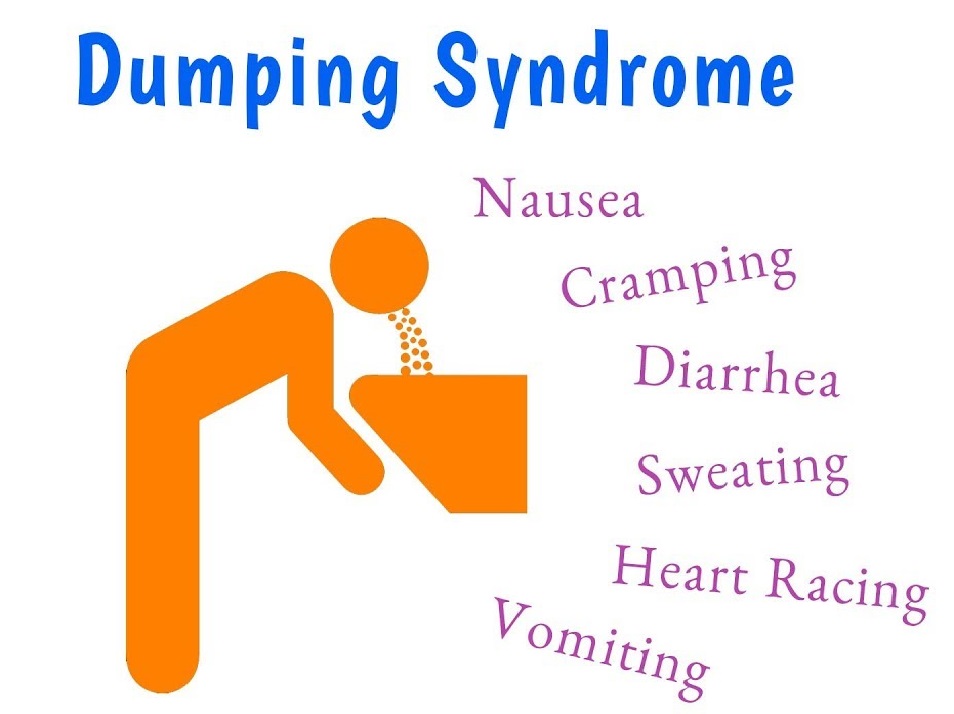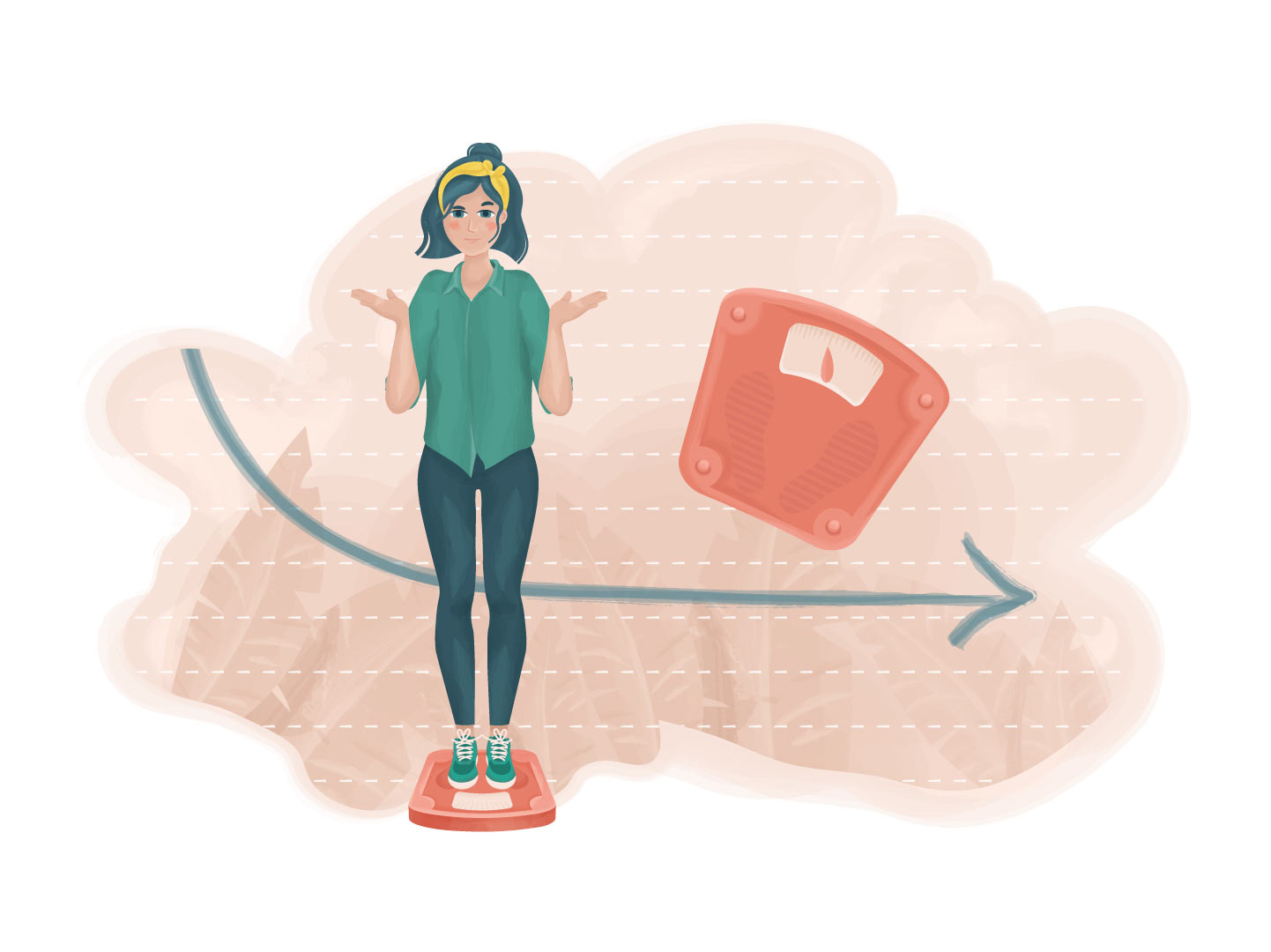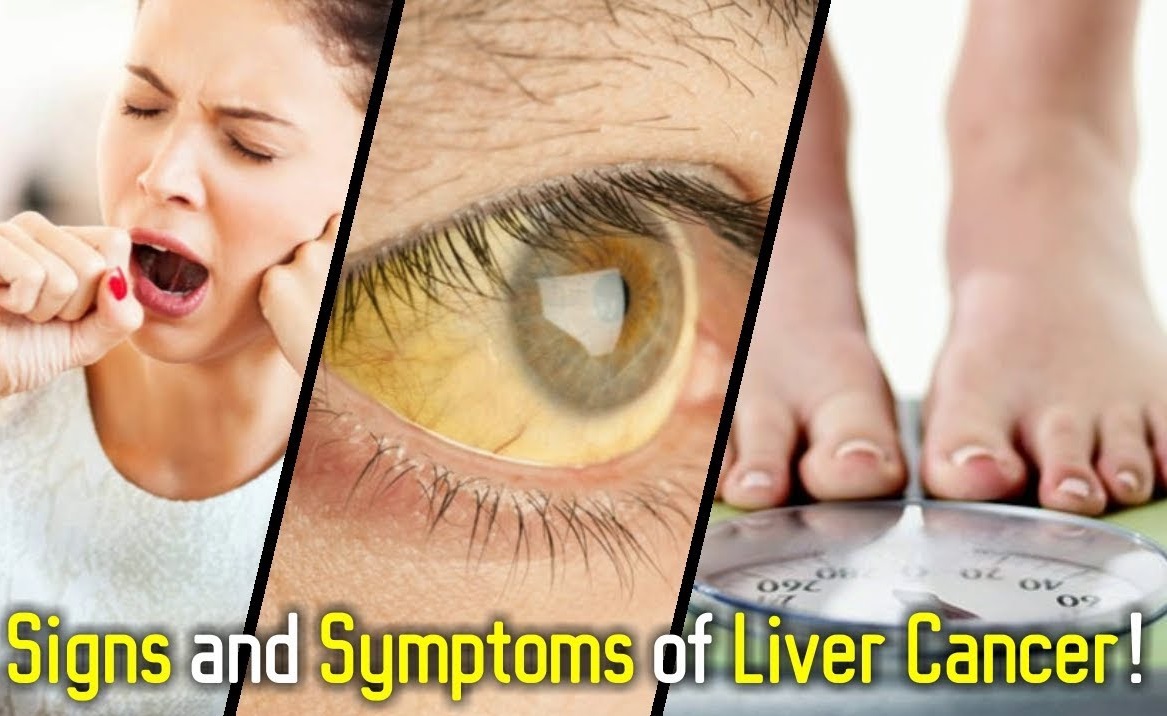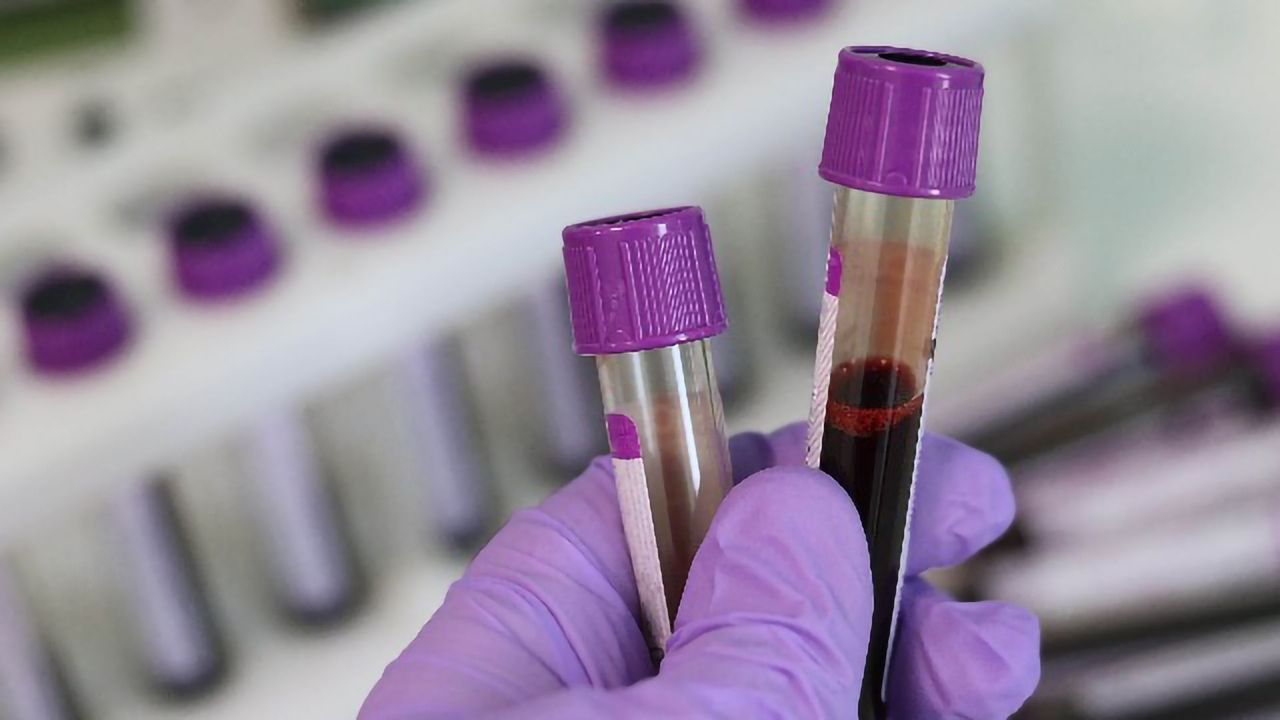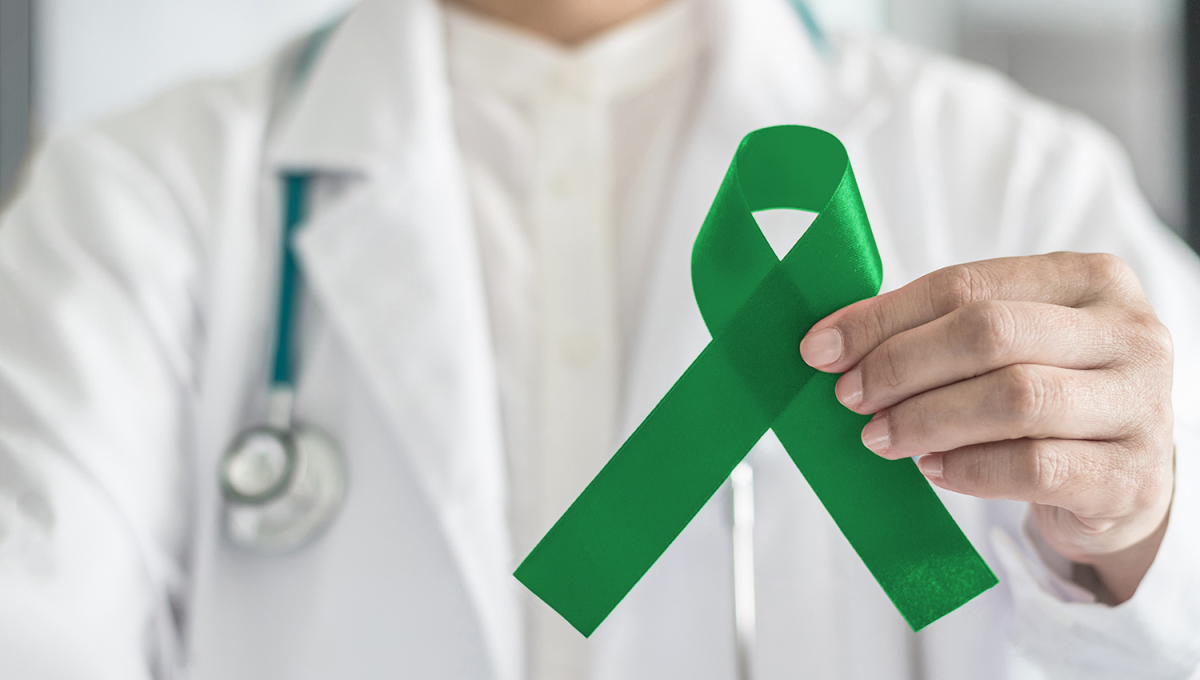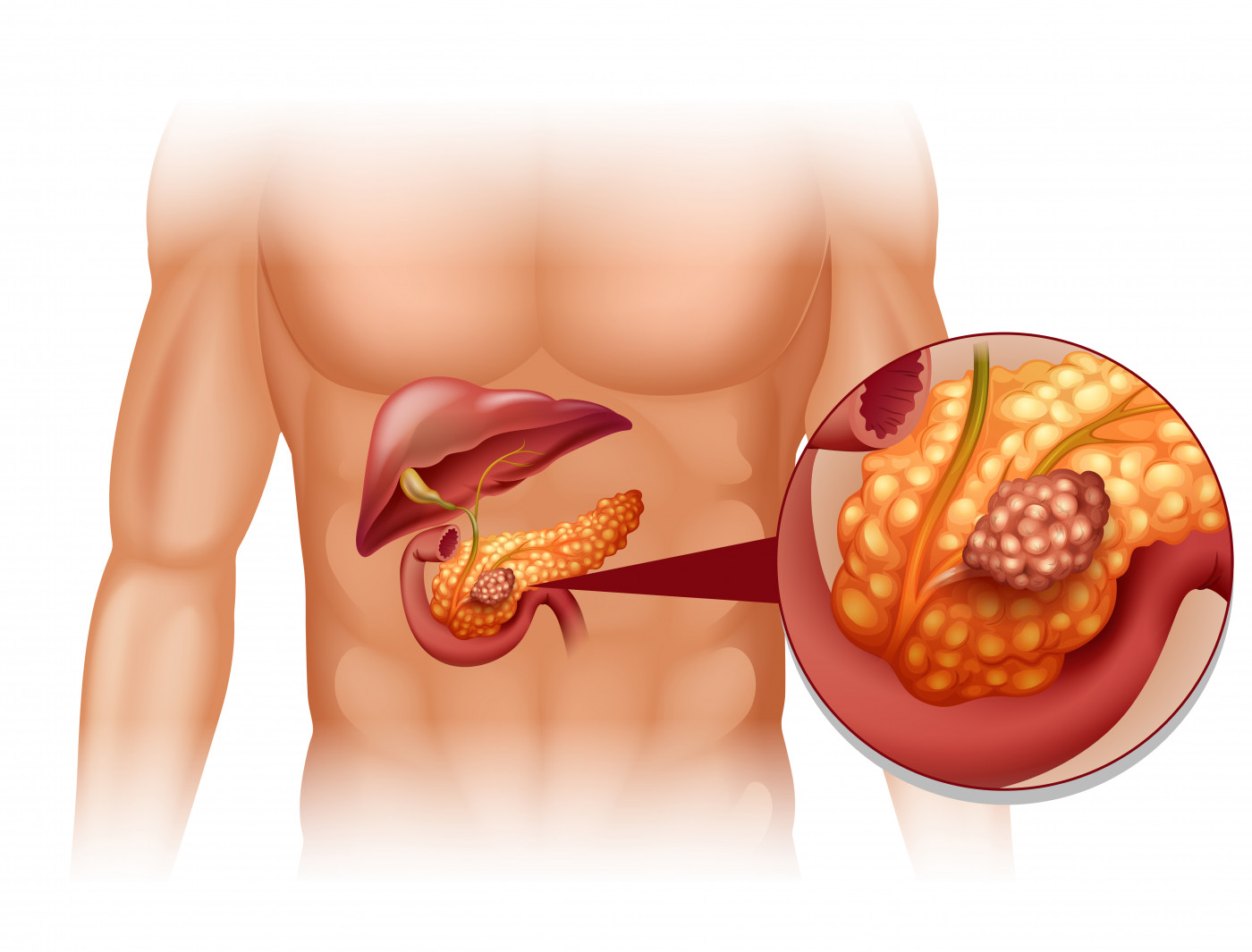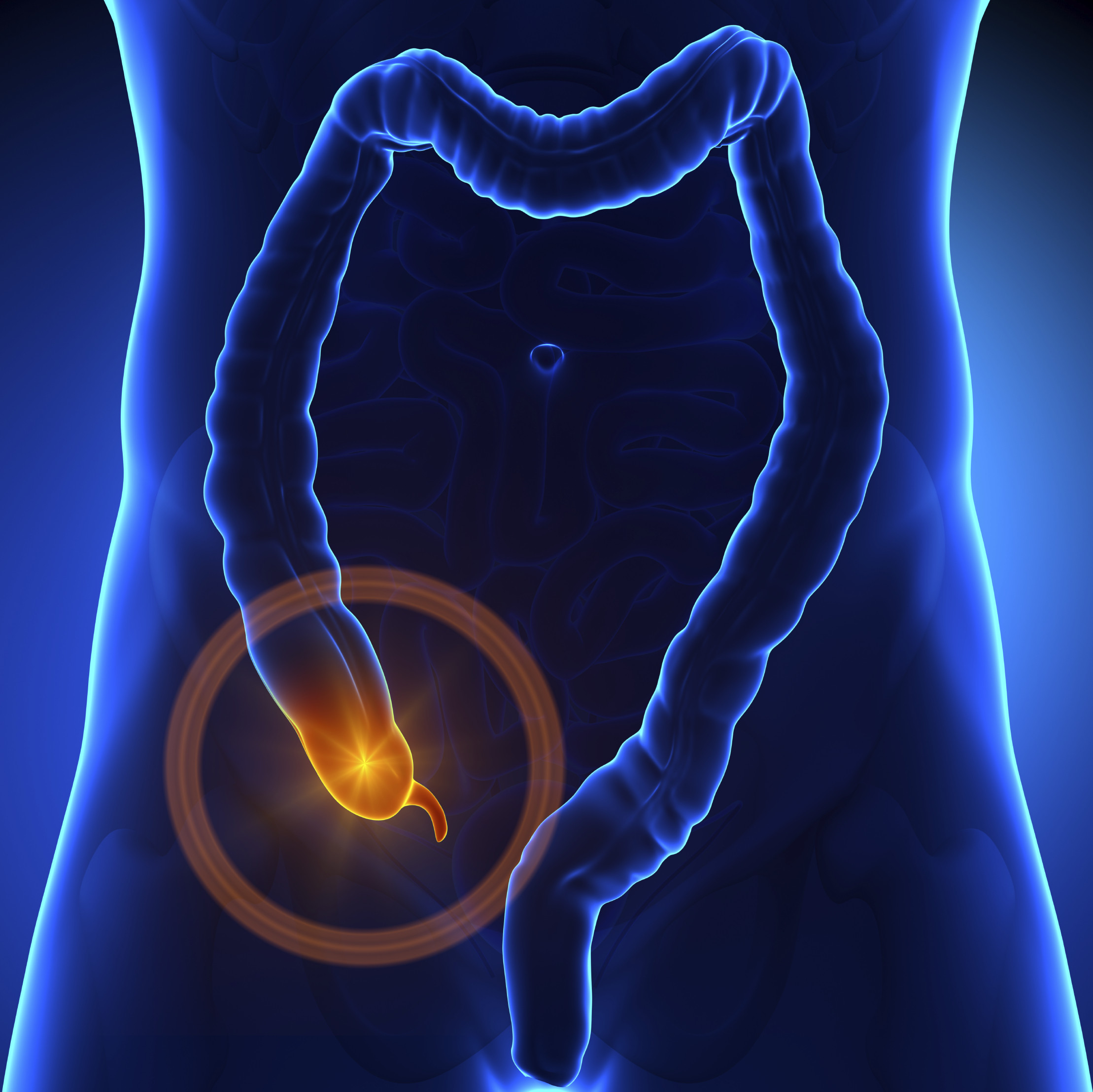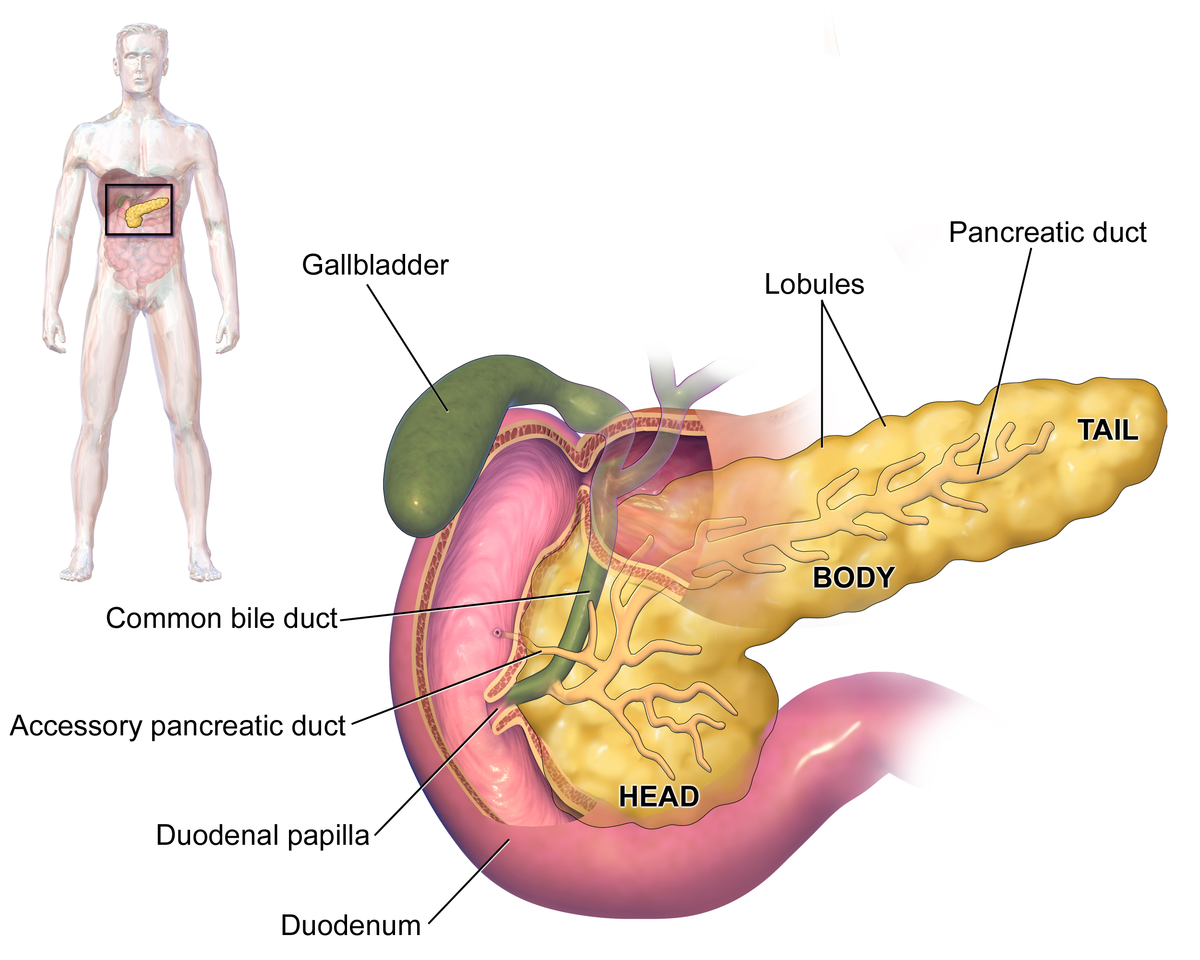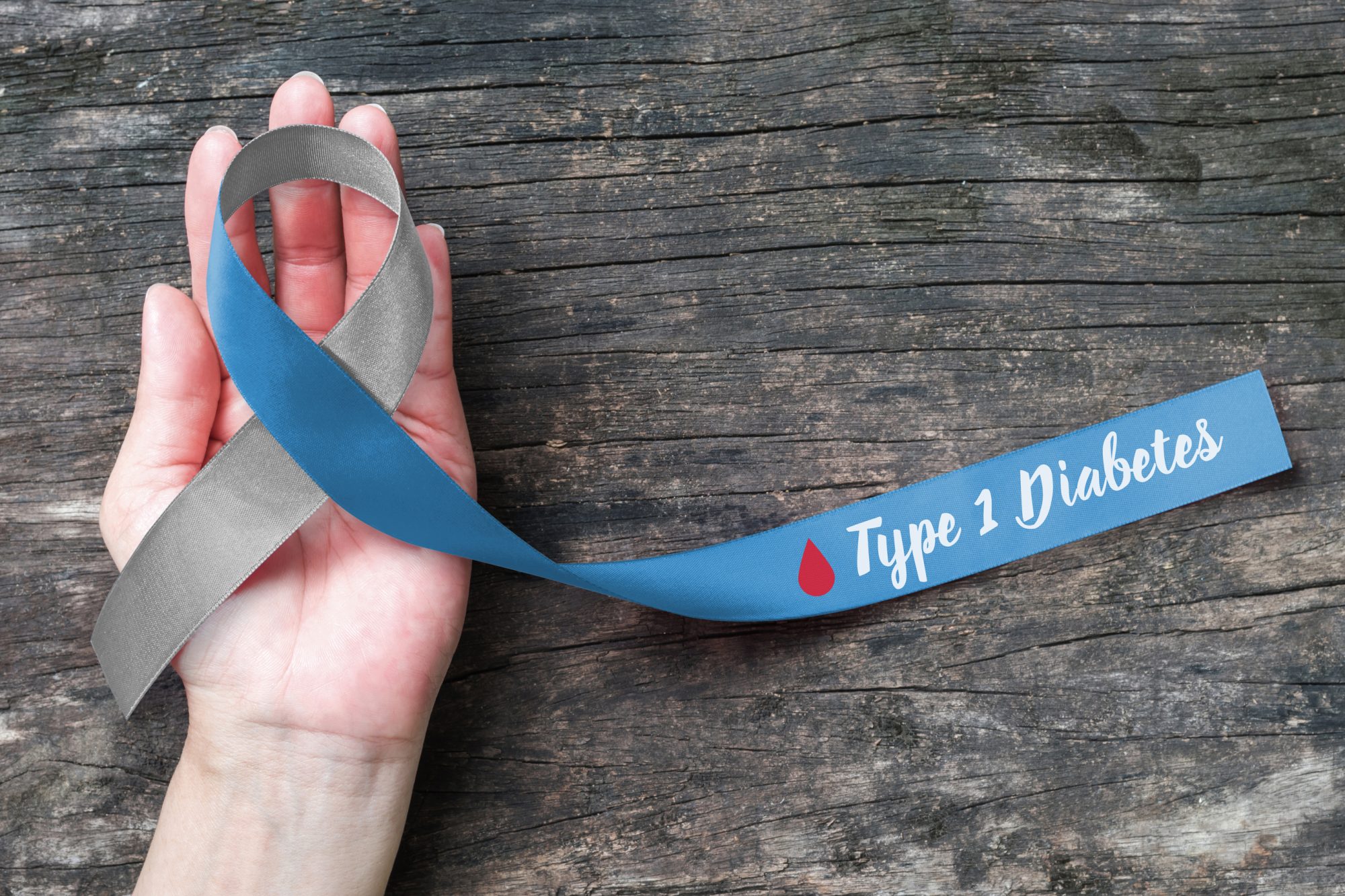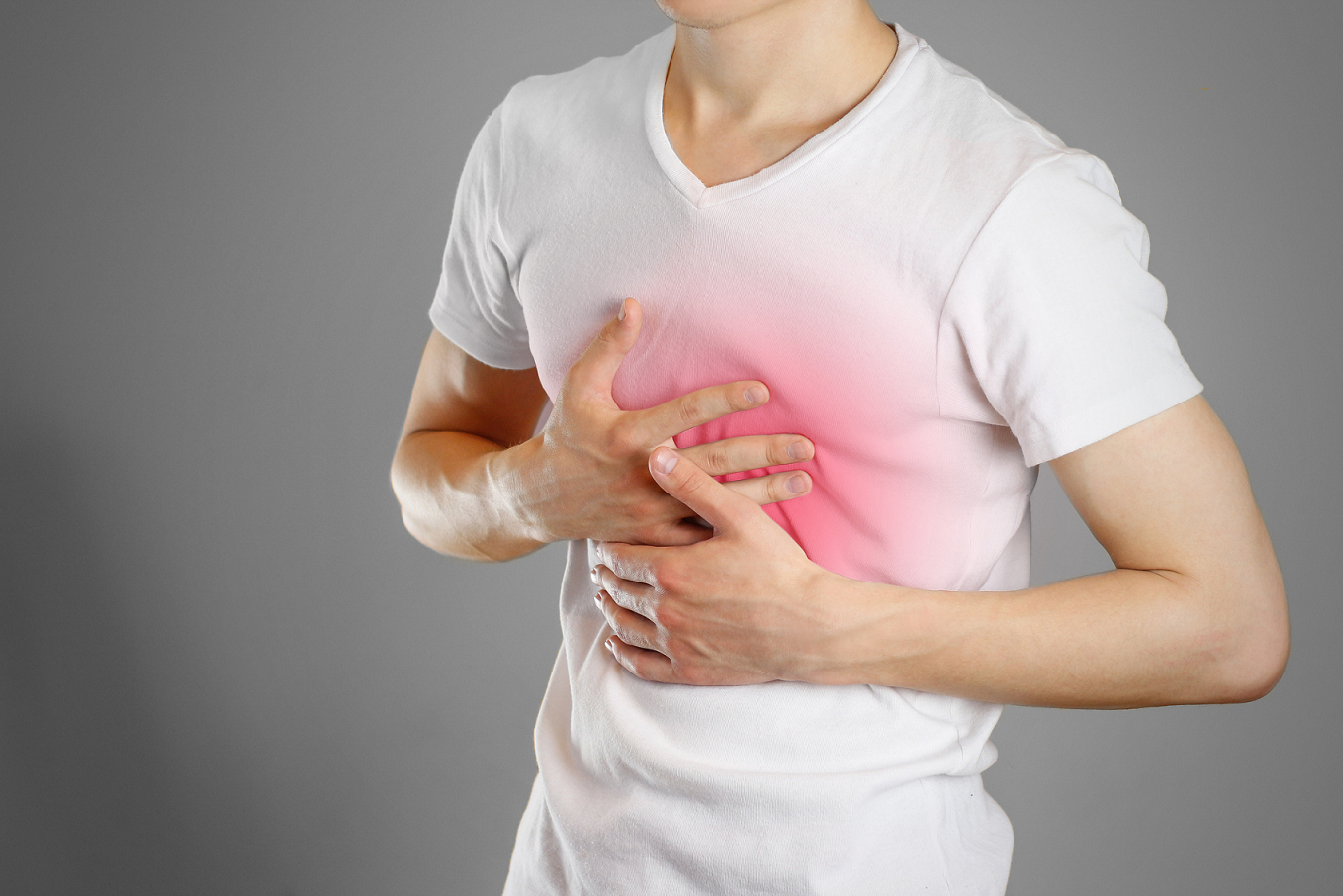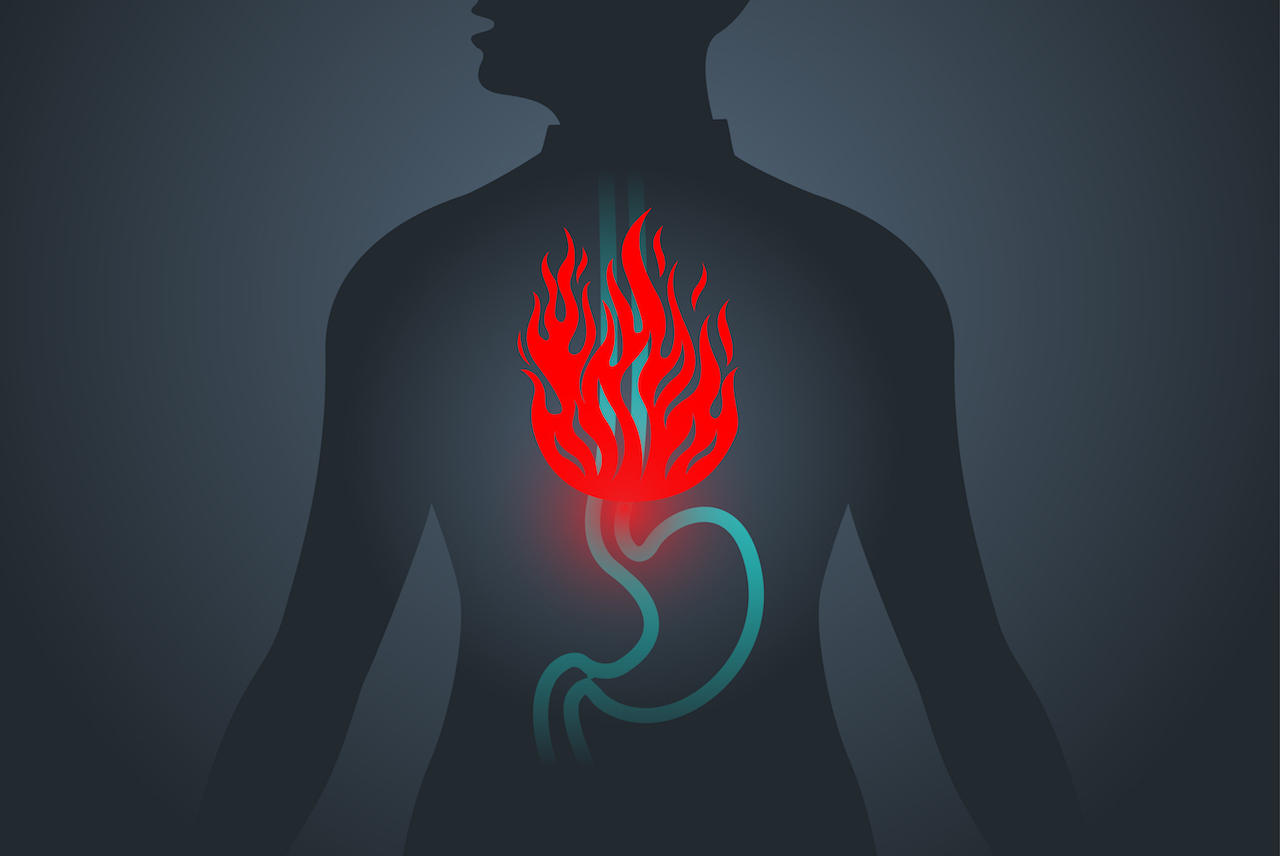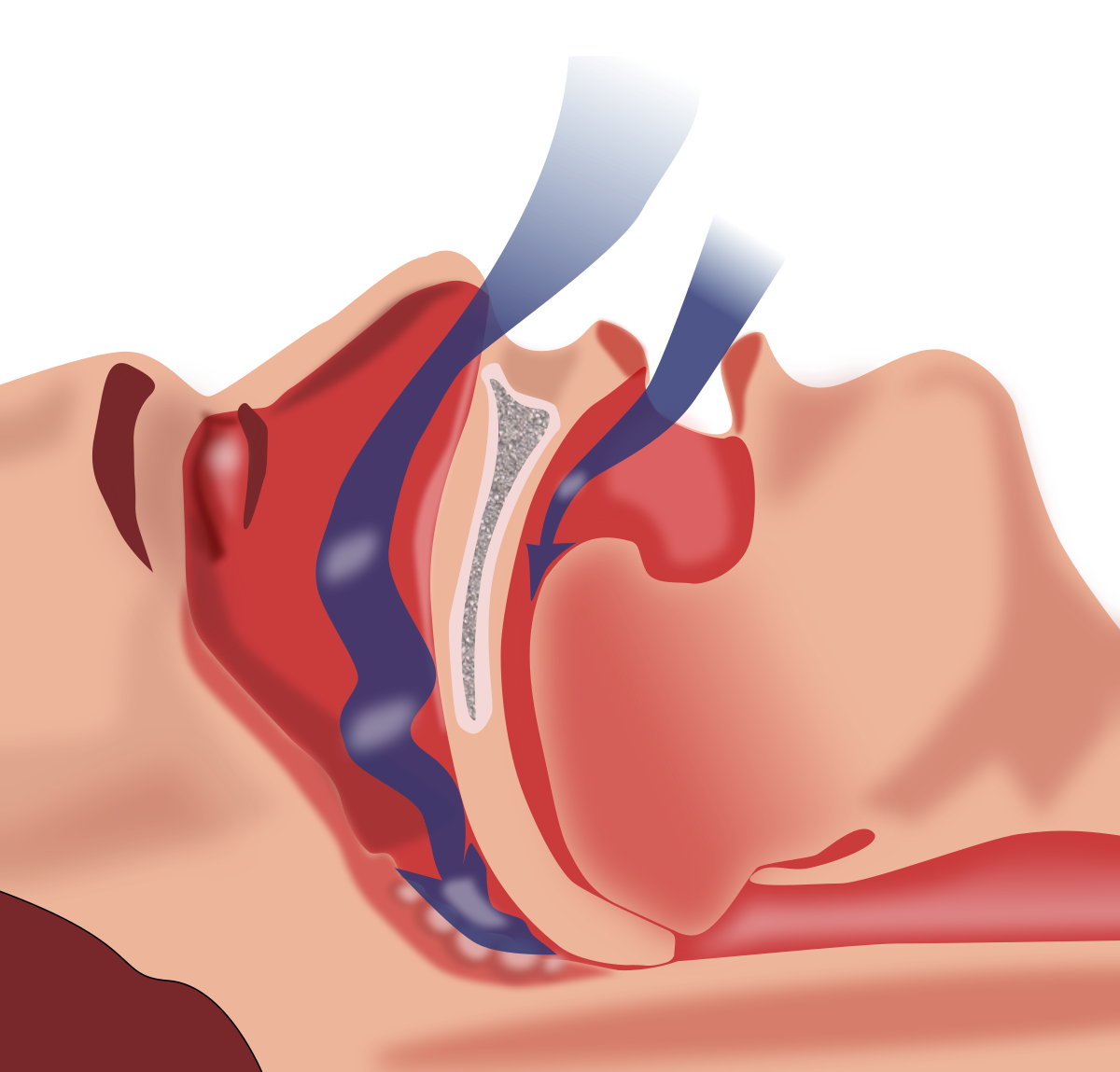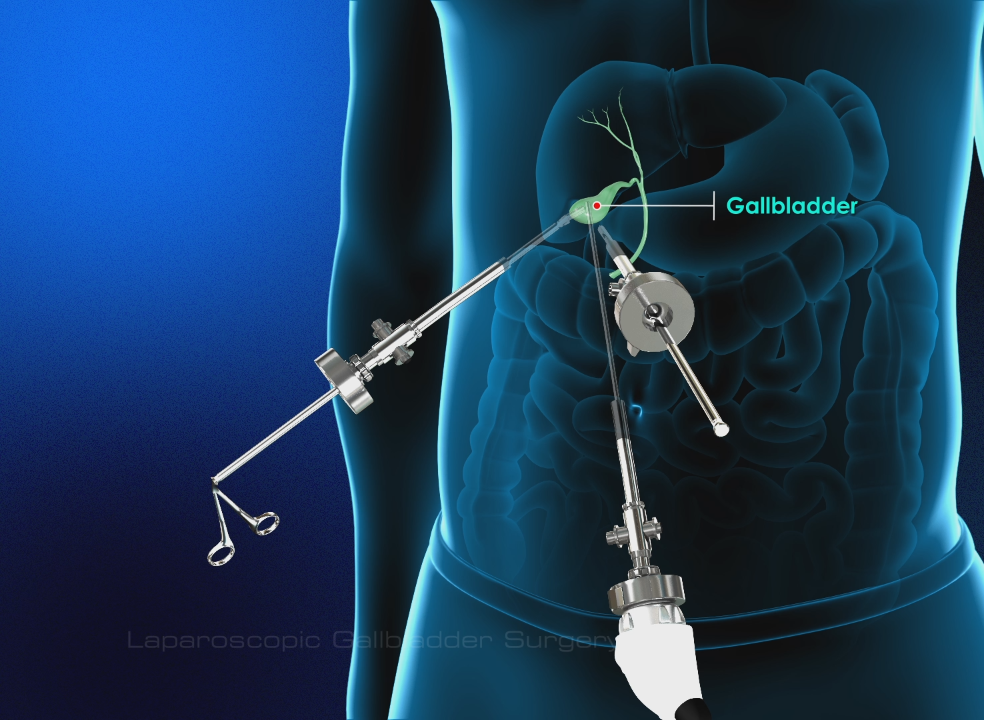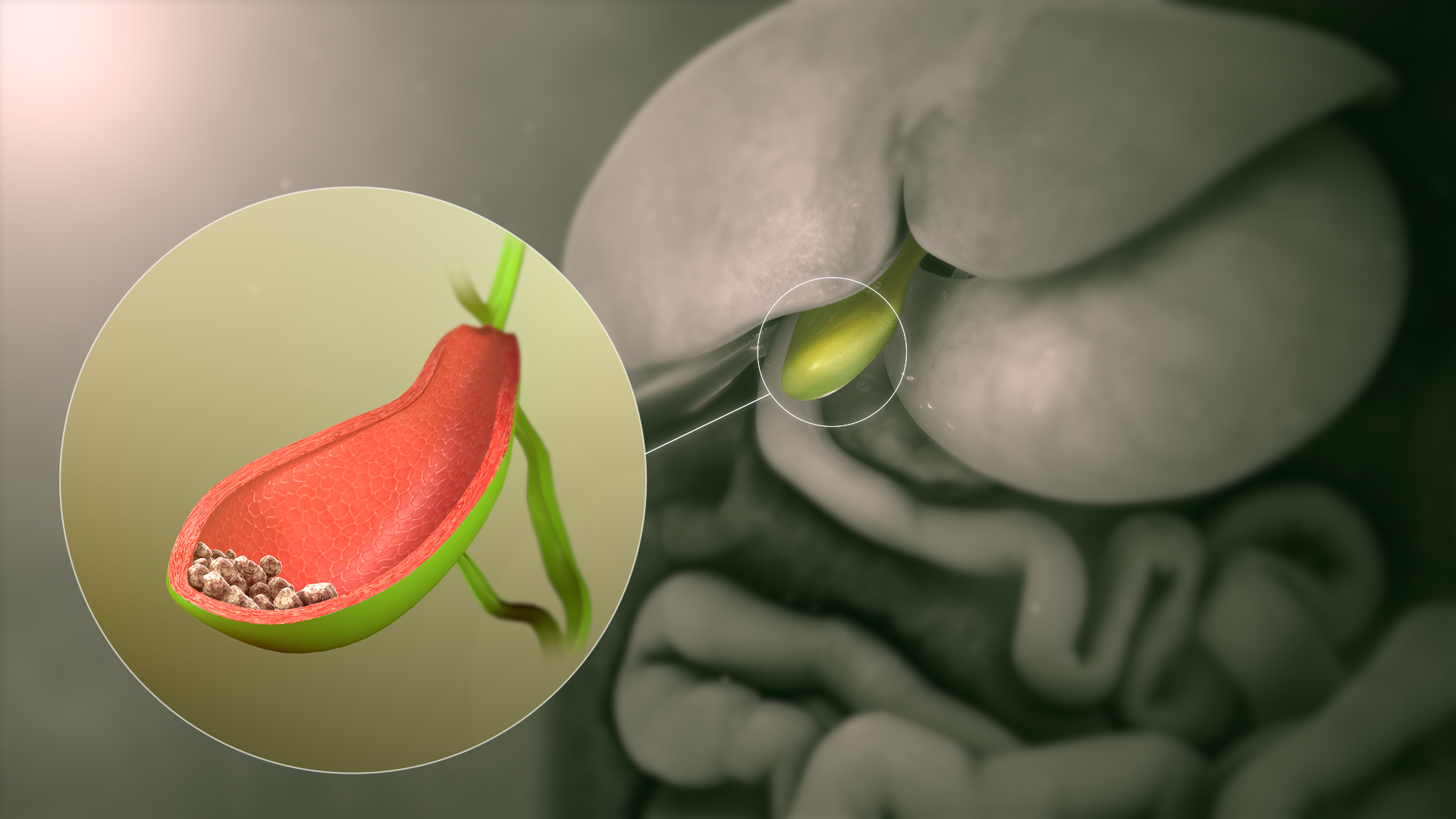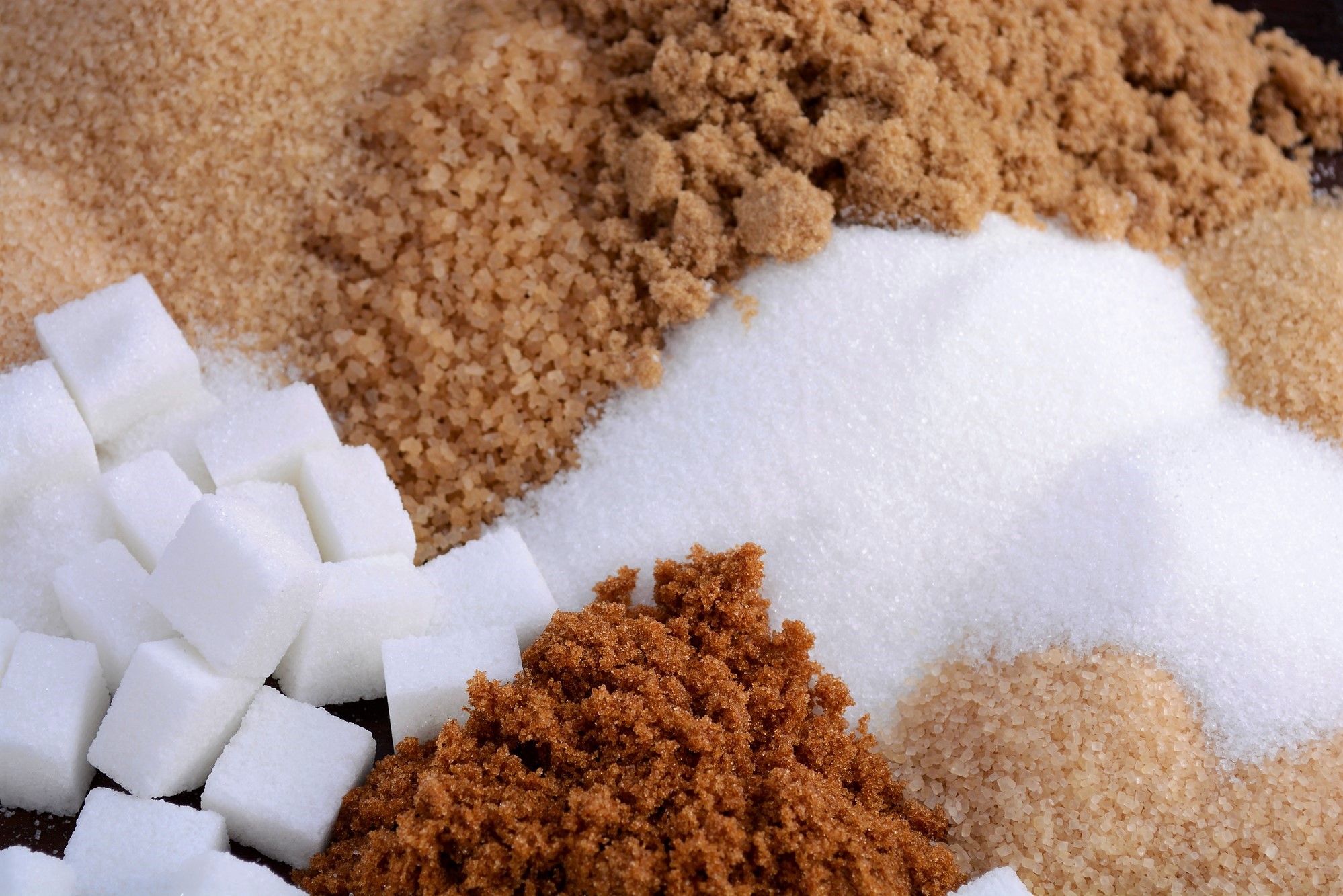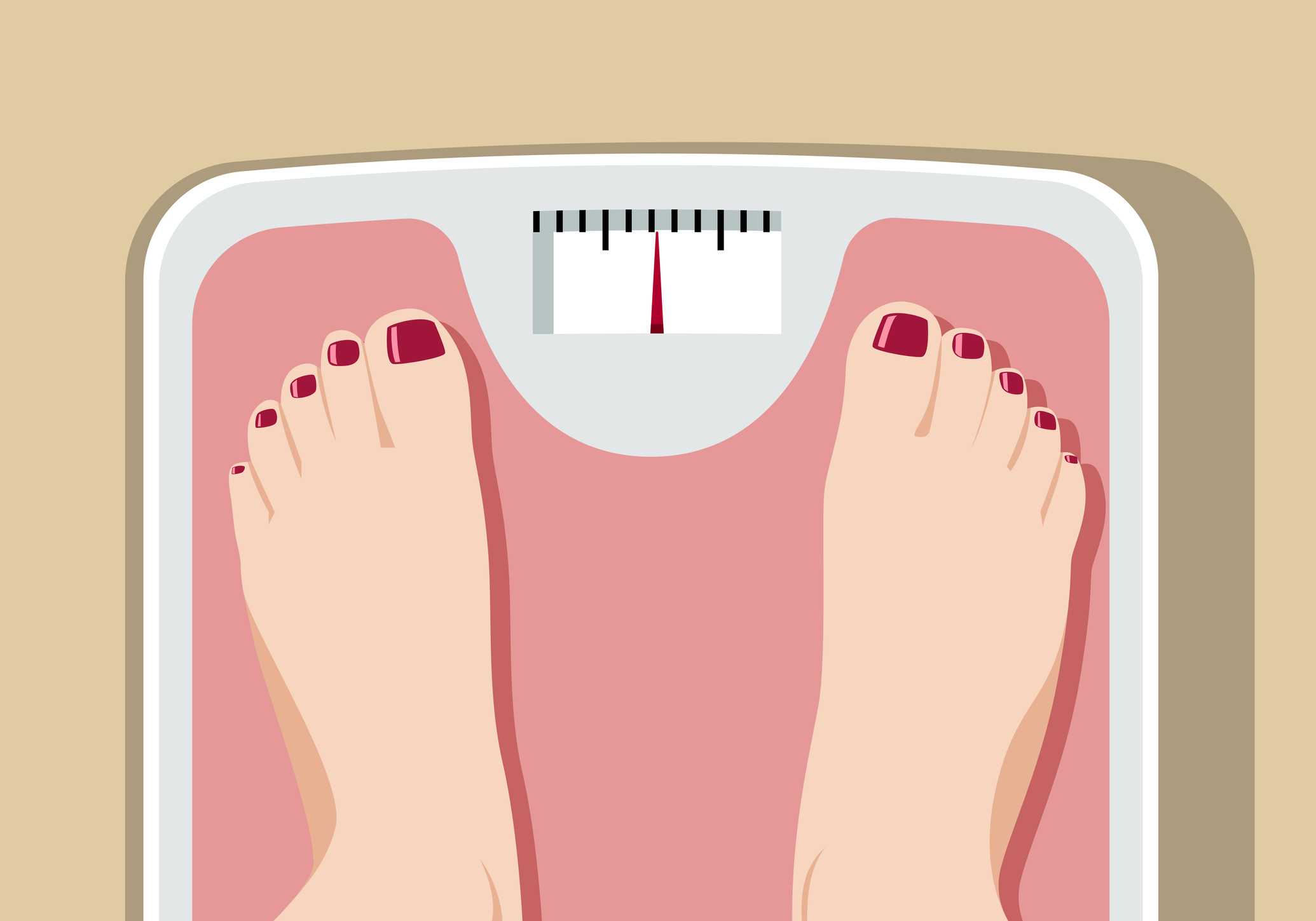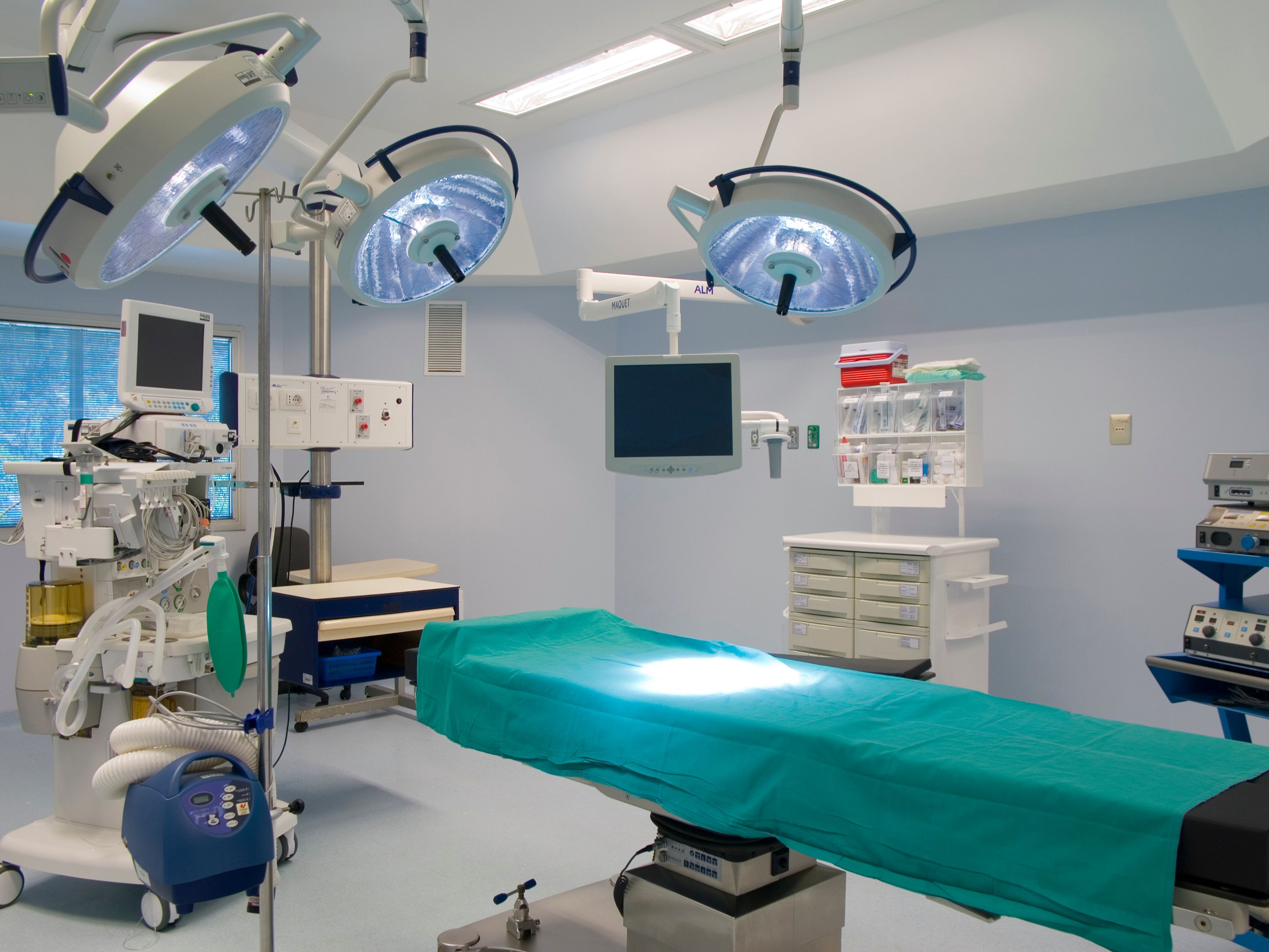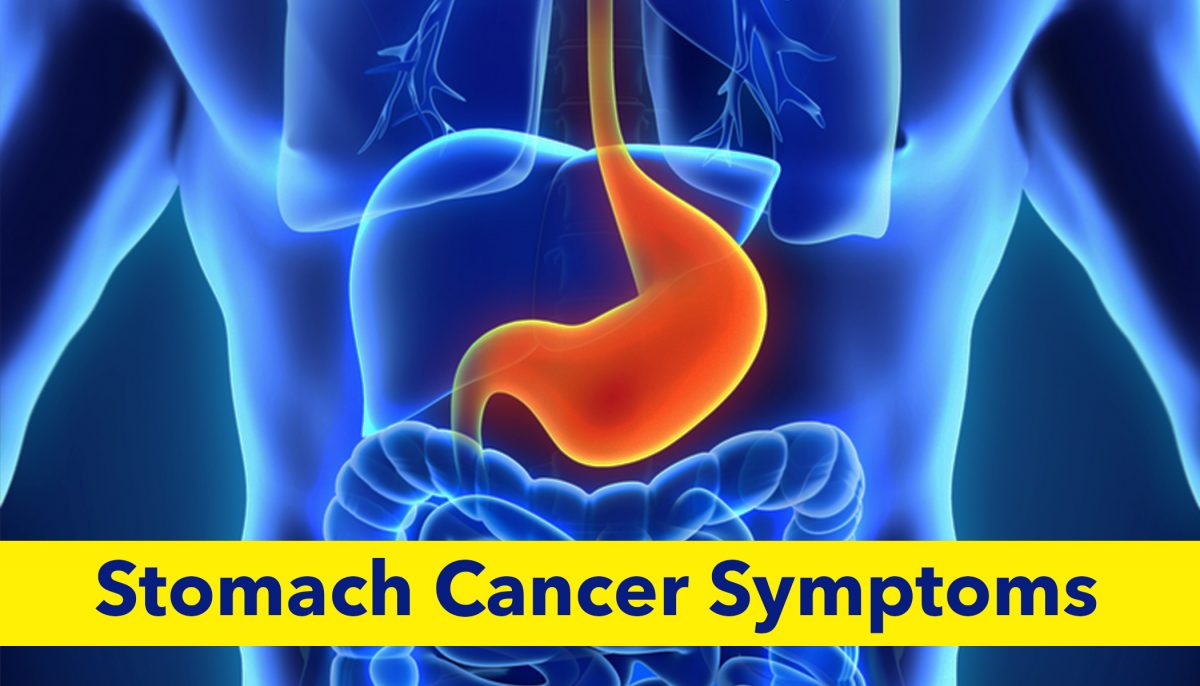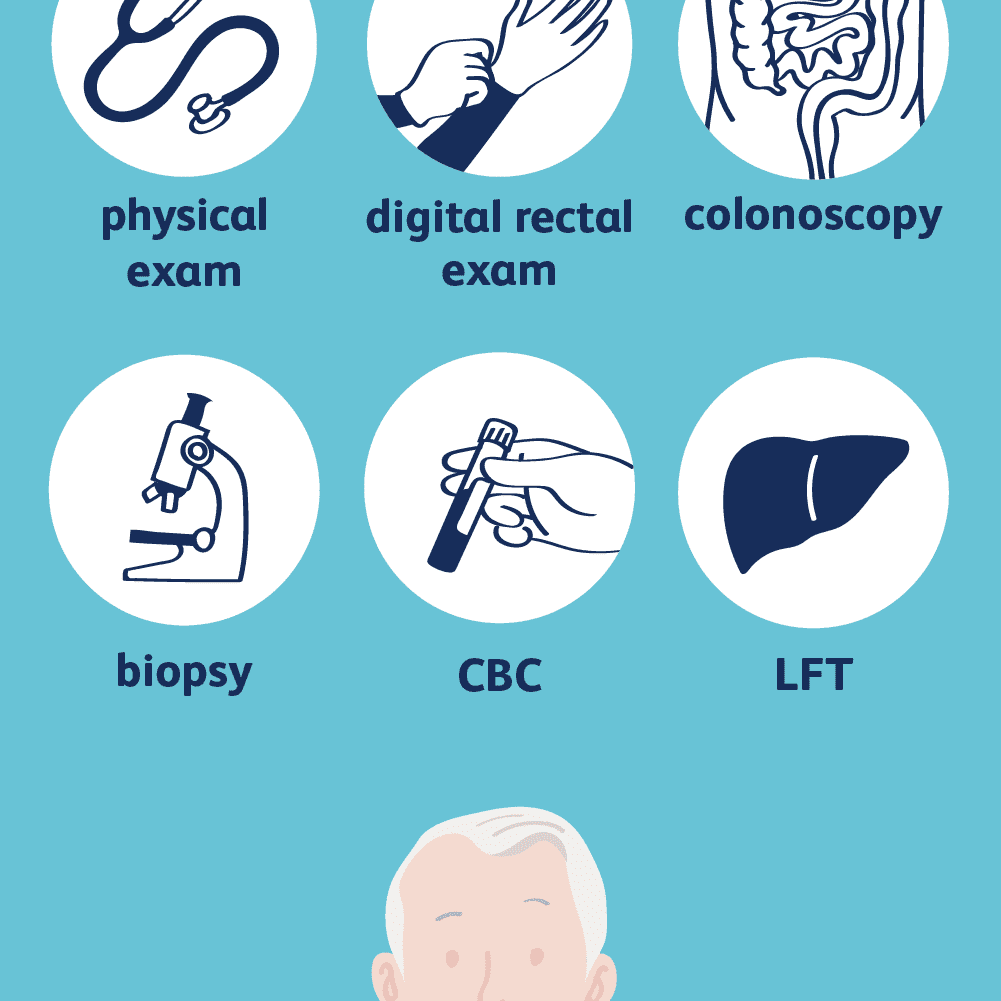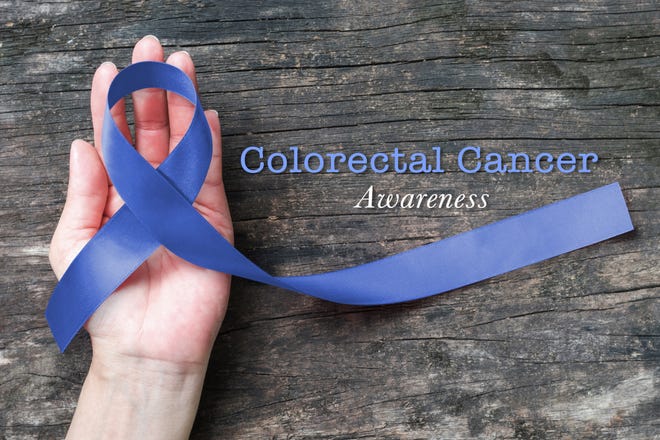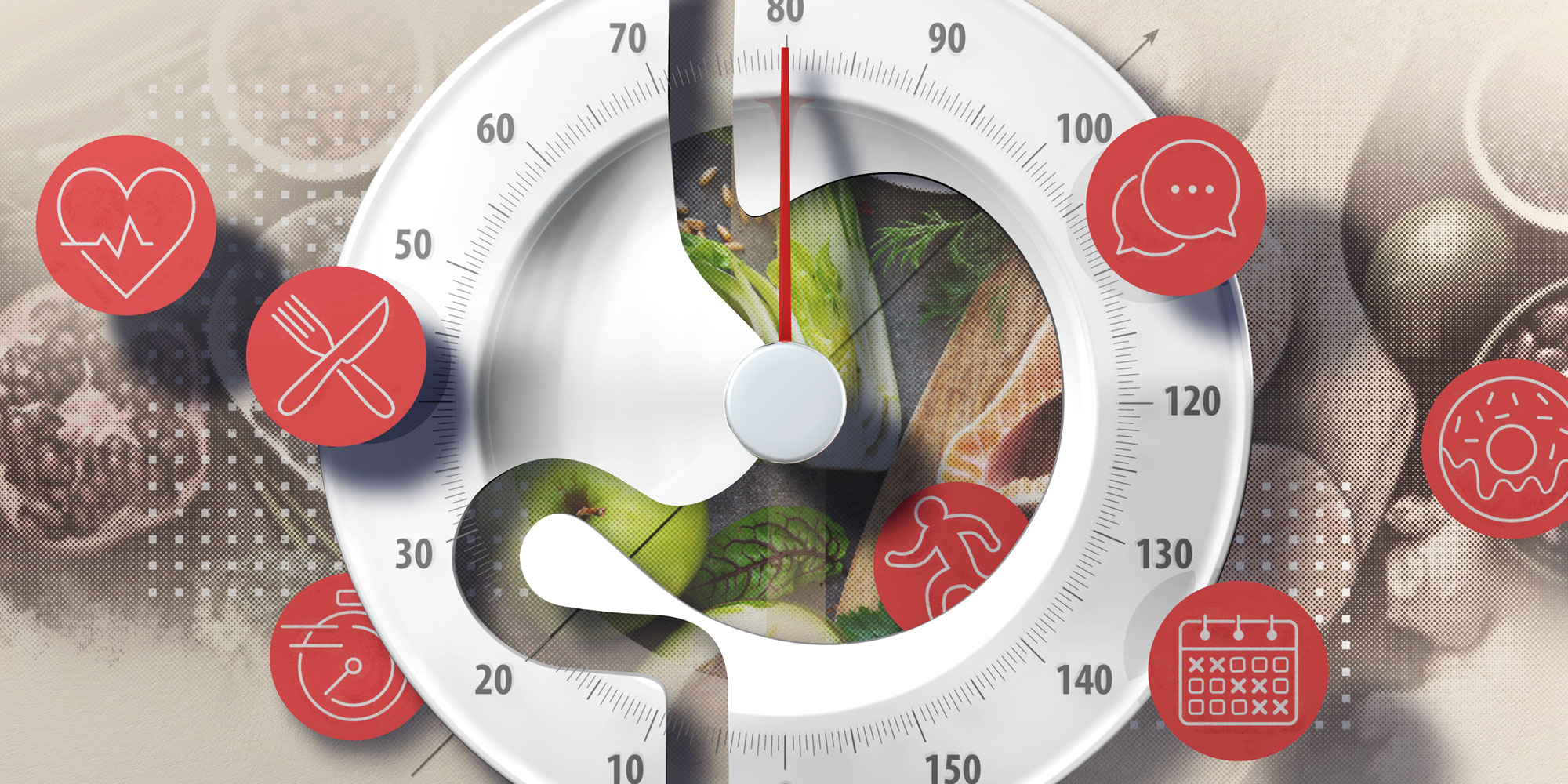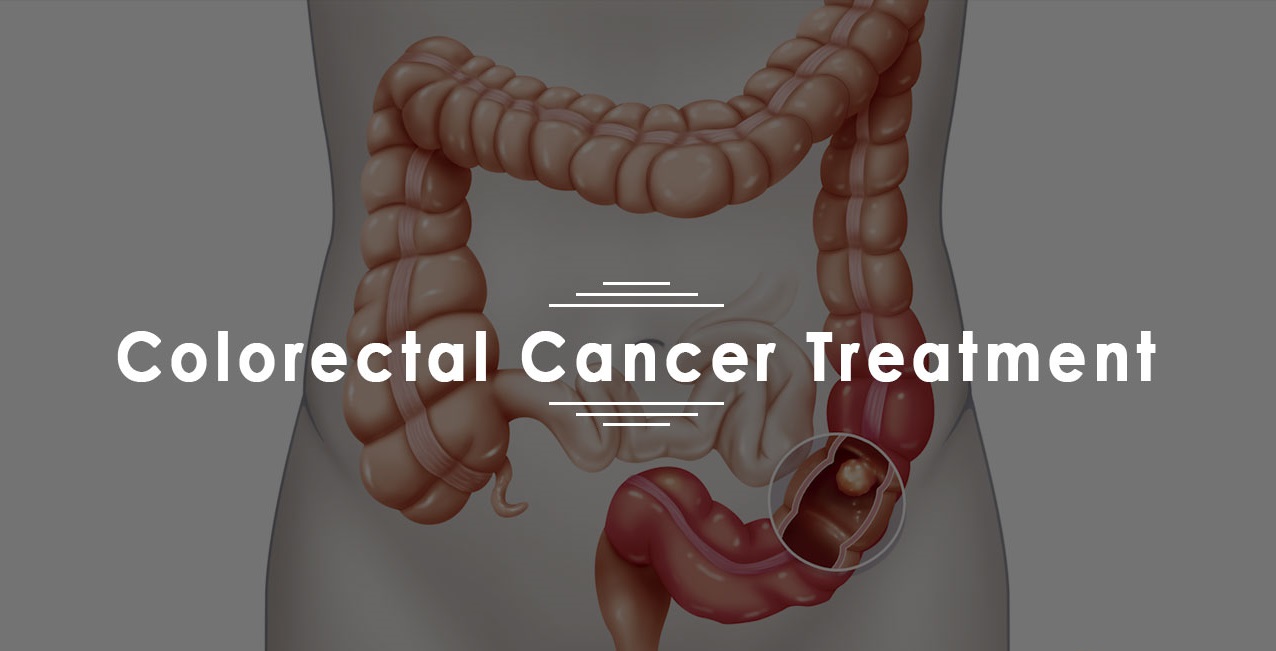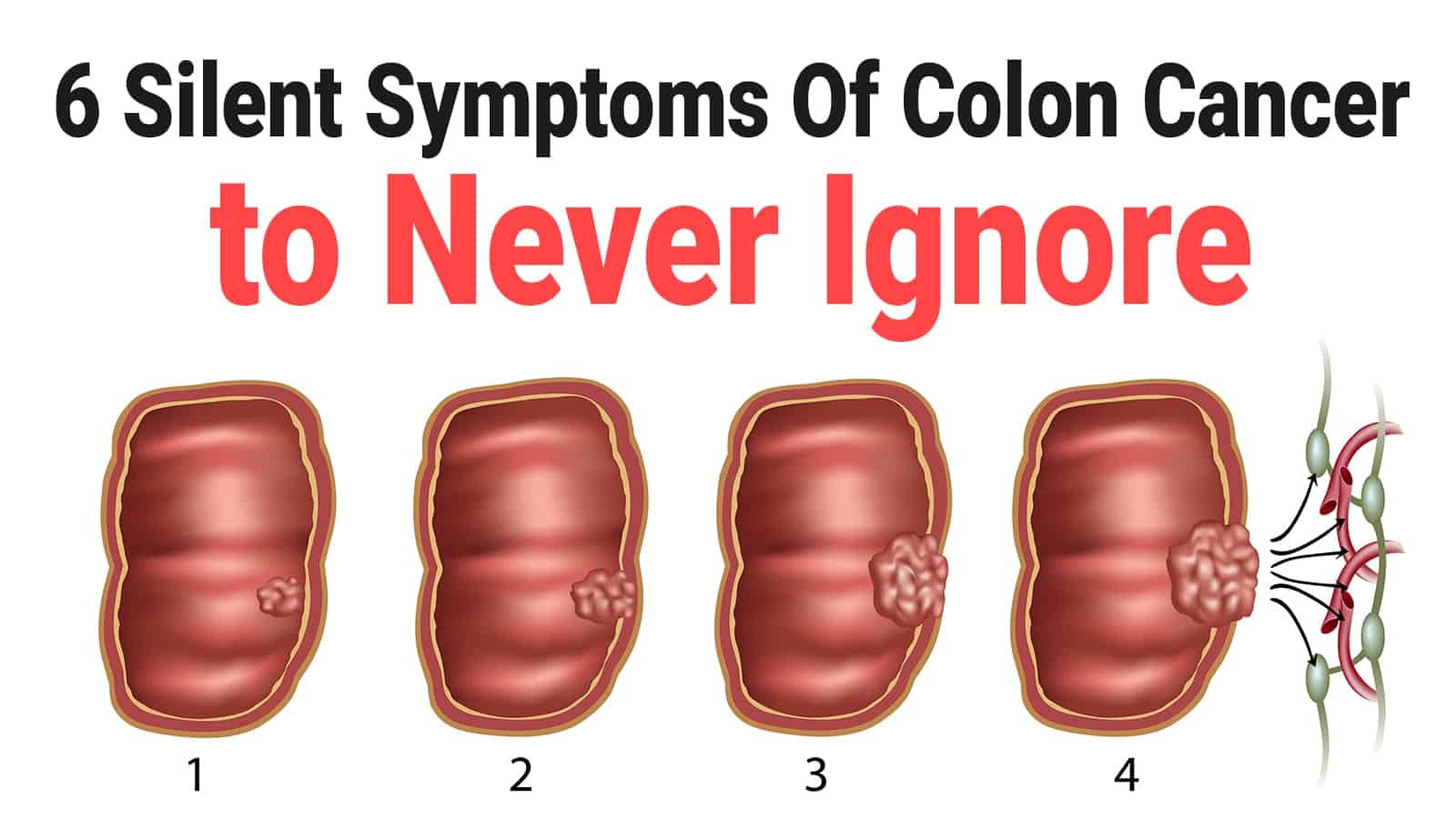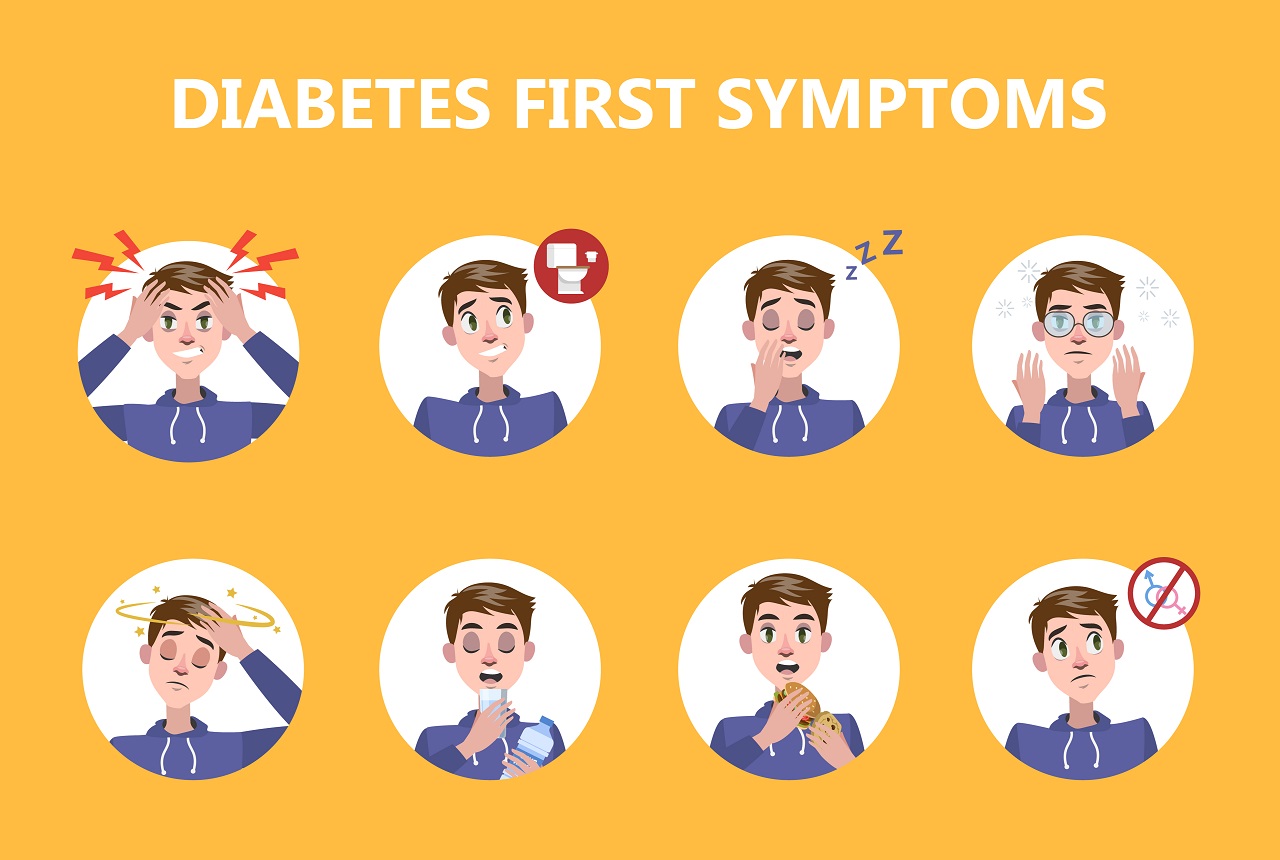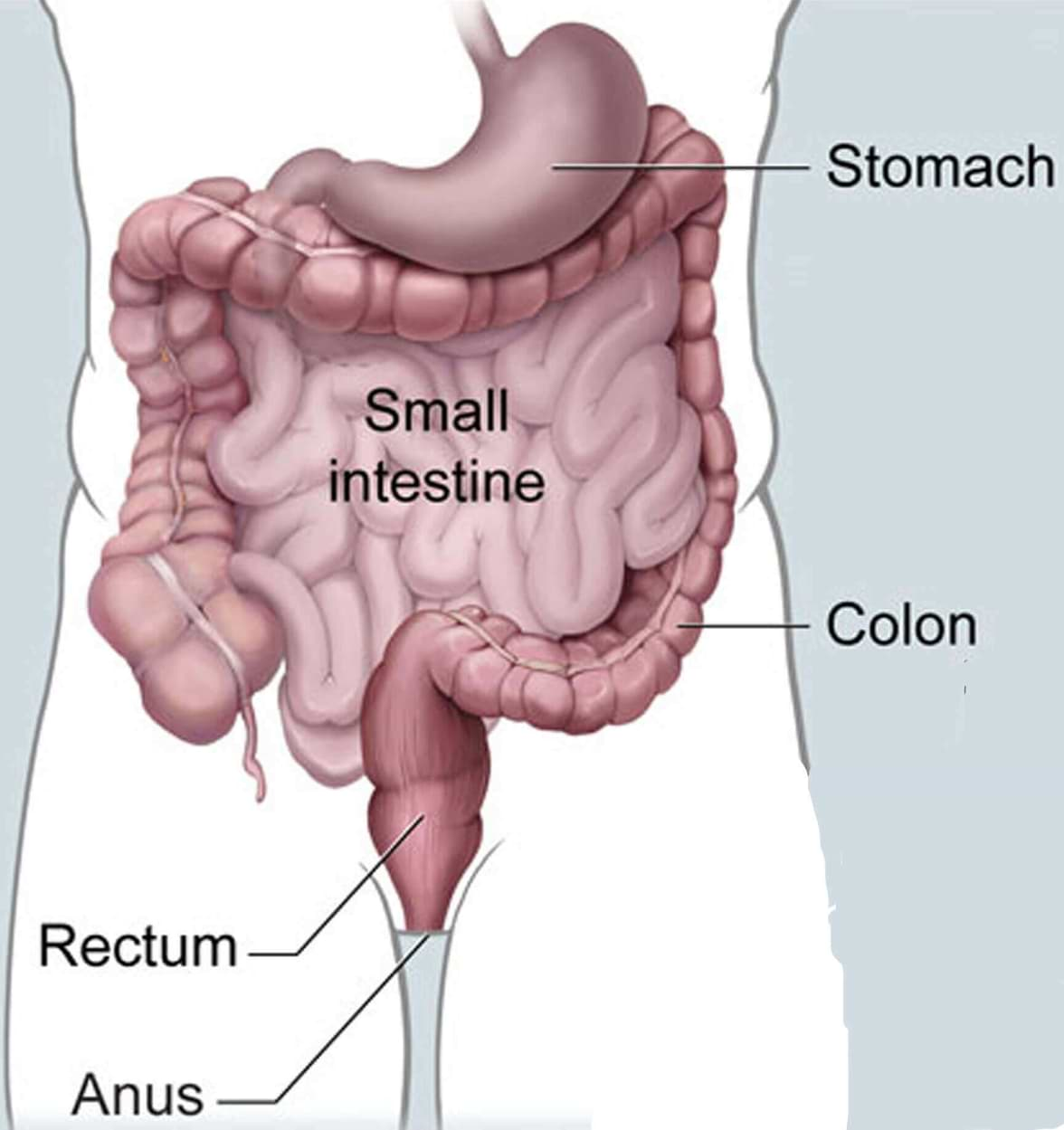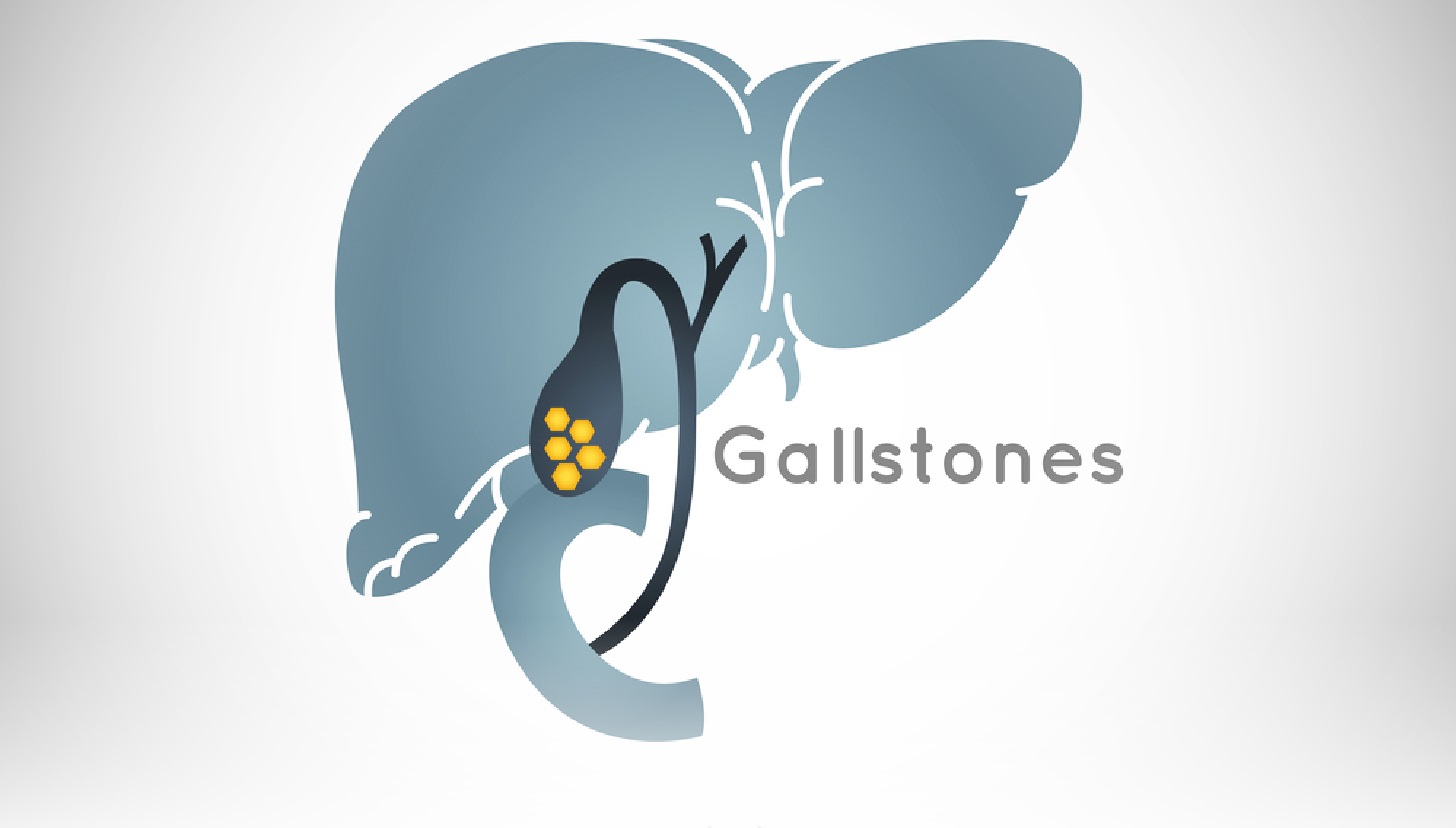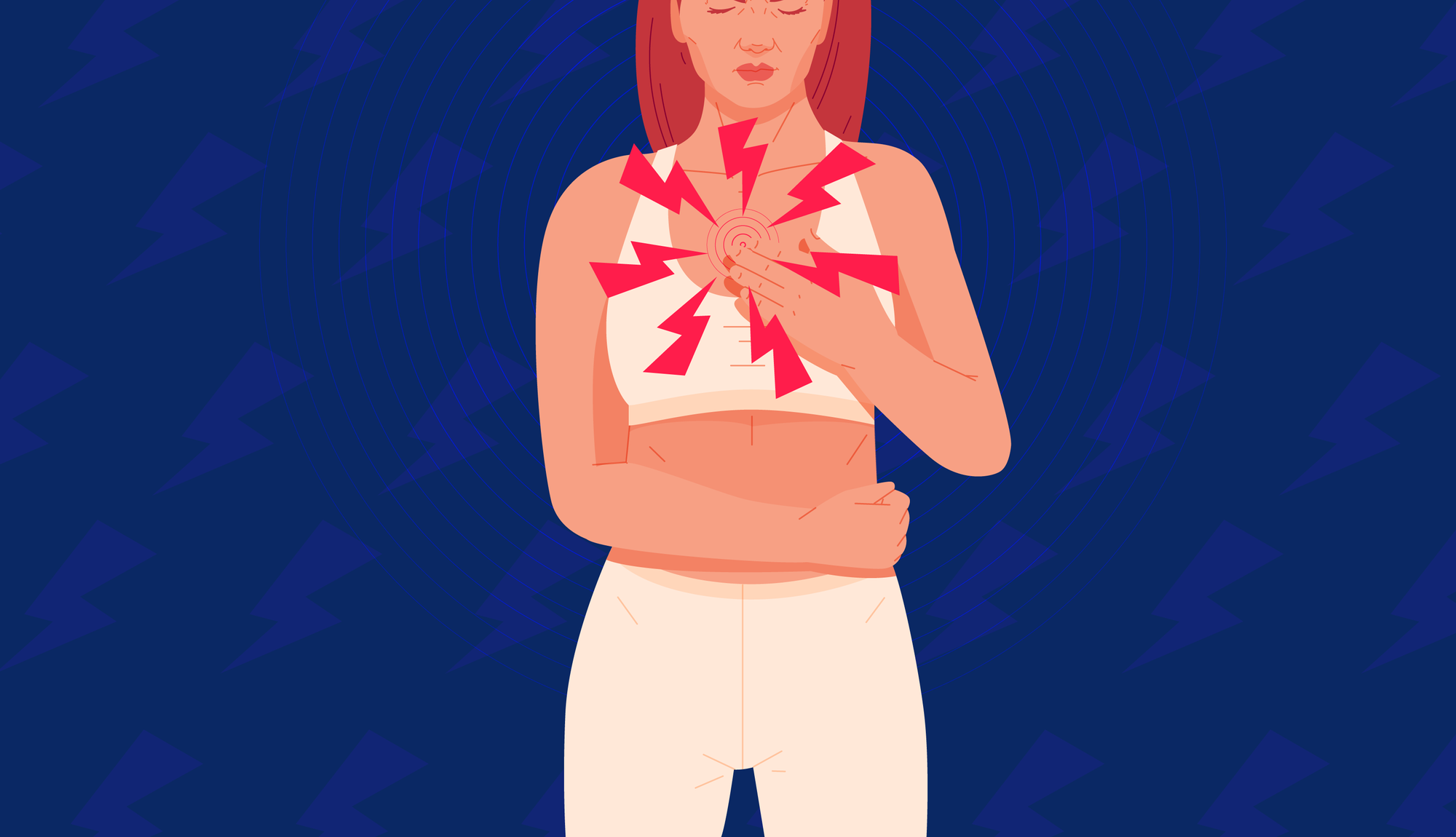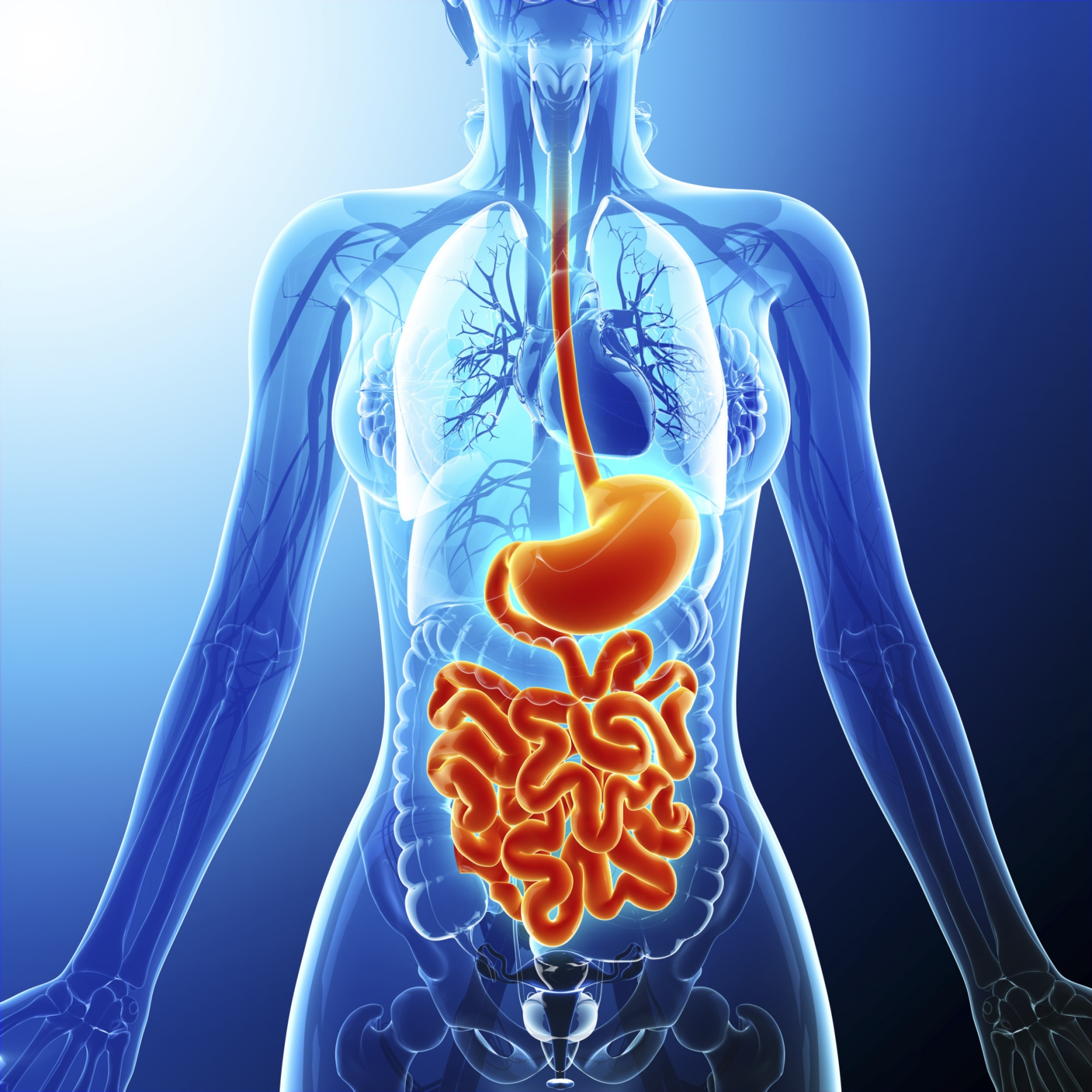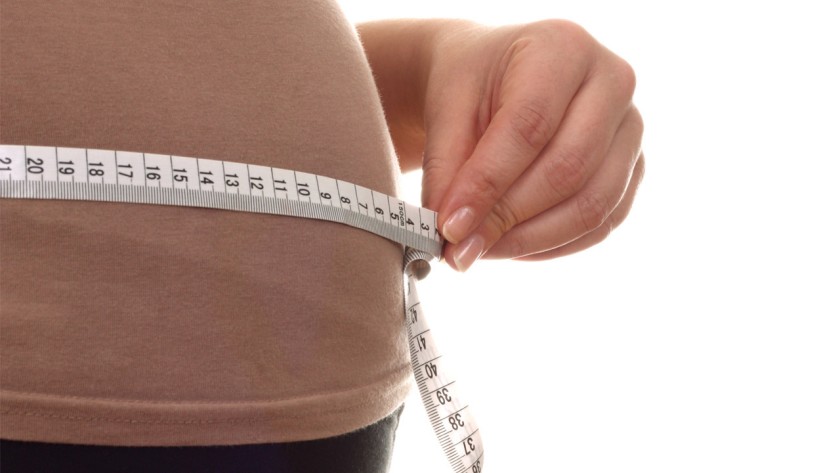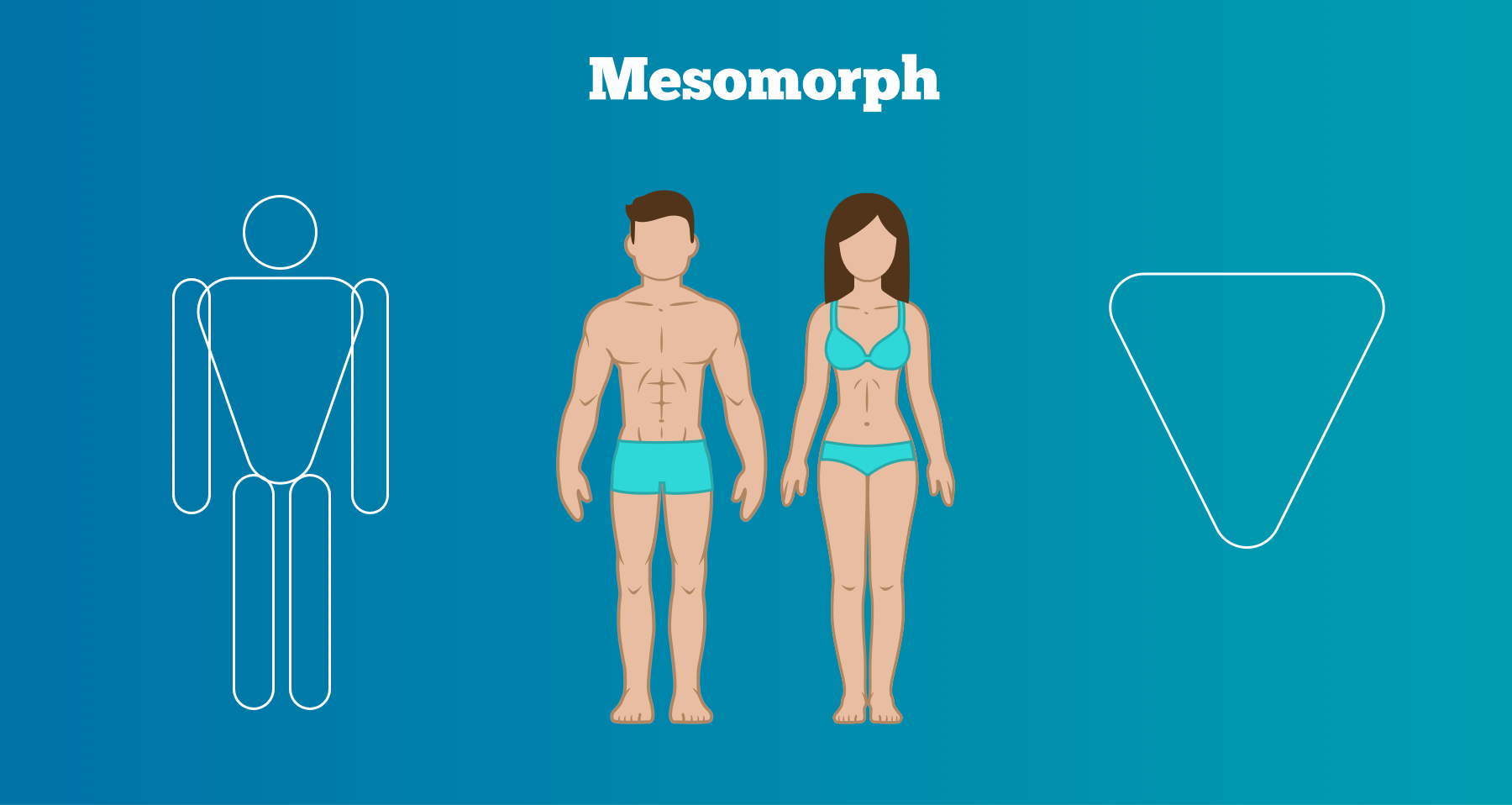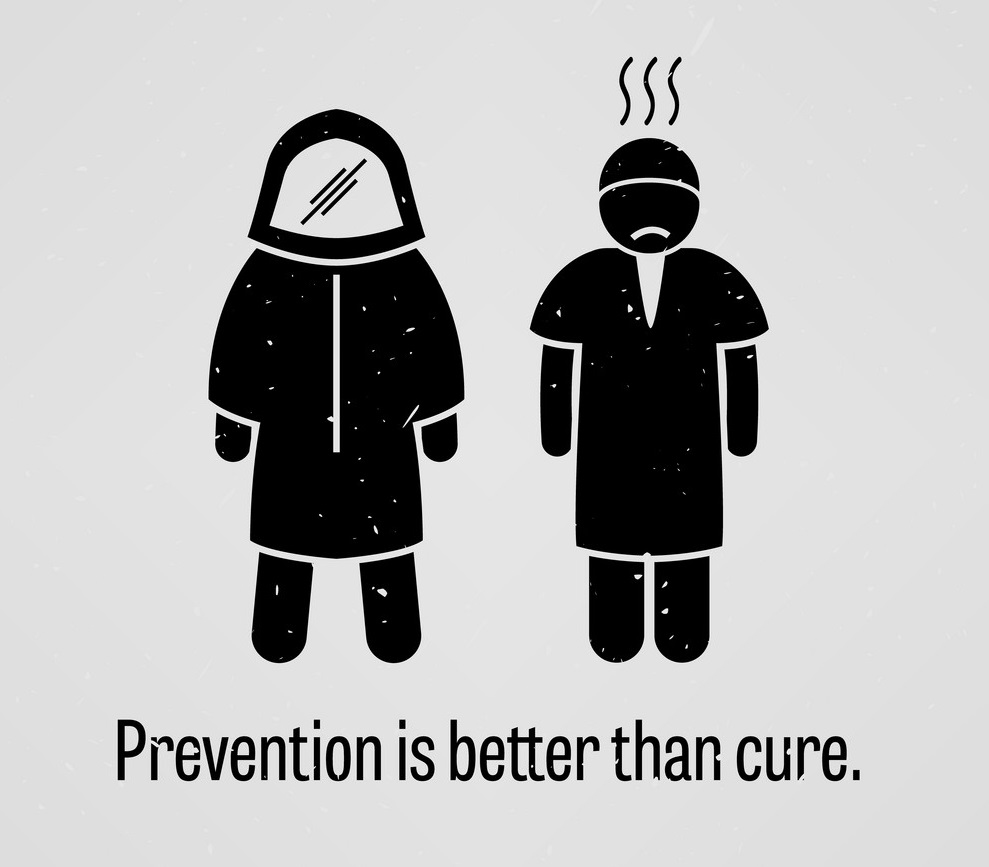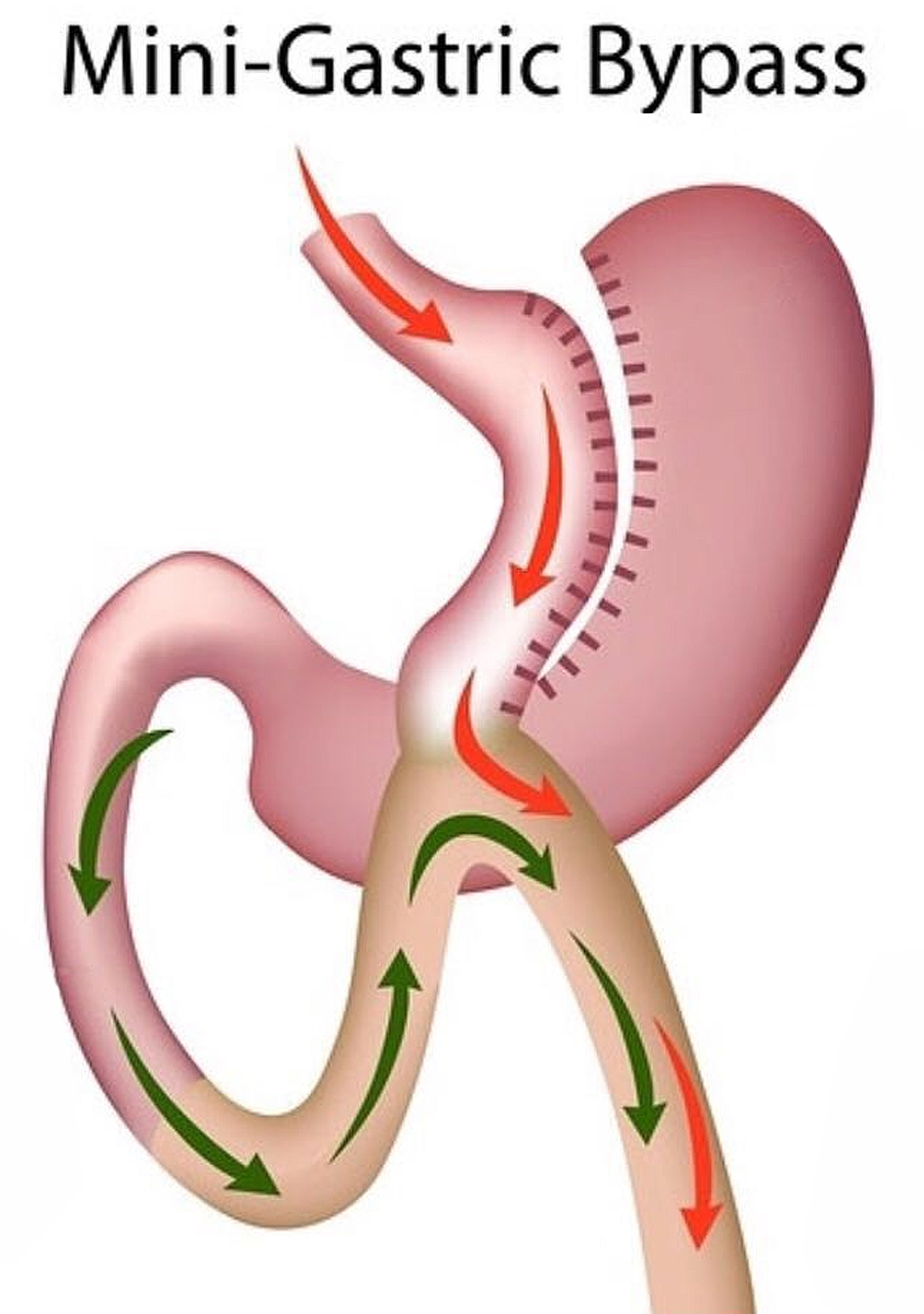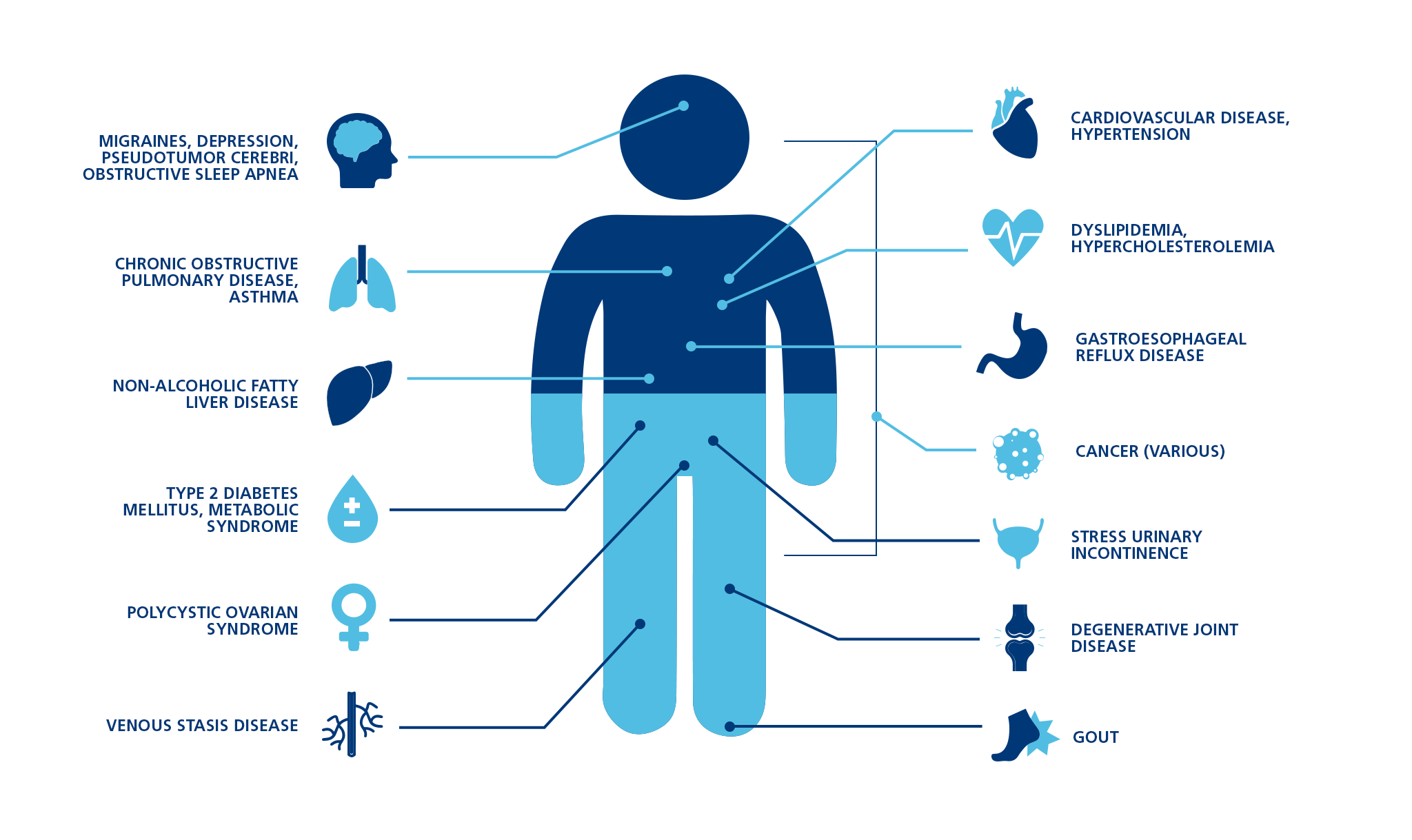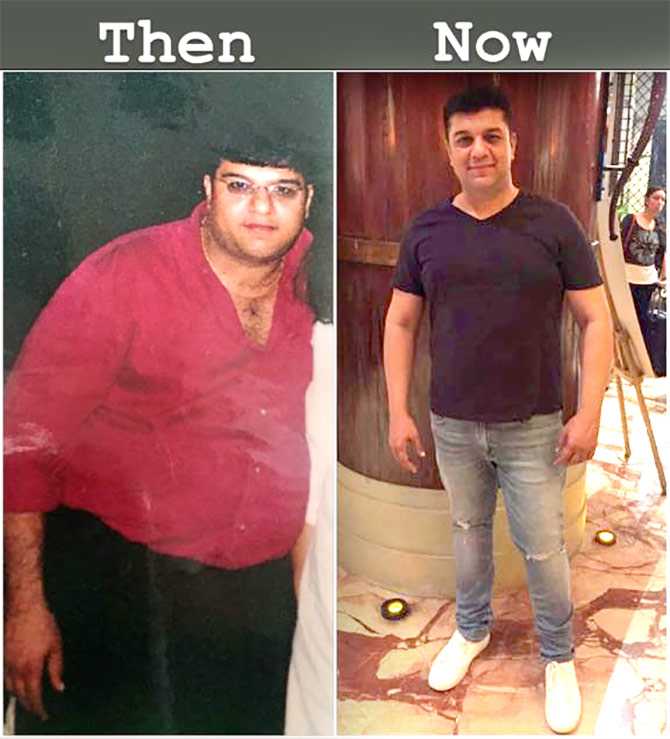Esophagus problem, Esophagus anatomy, Esophagus cancer, Esophagus pain
Esophagus- Anatomy, Functions and Conditions
Your esophagus is a hollow, muscular tube that carries food and liquid from your throat to your stomach. Muscles in your esophagus propel food down to your stomach.
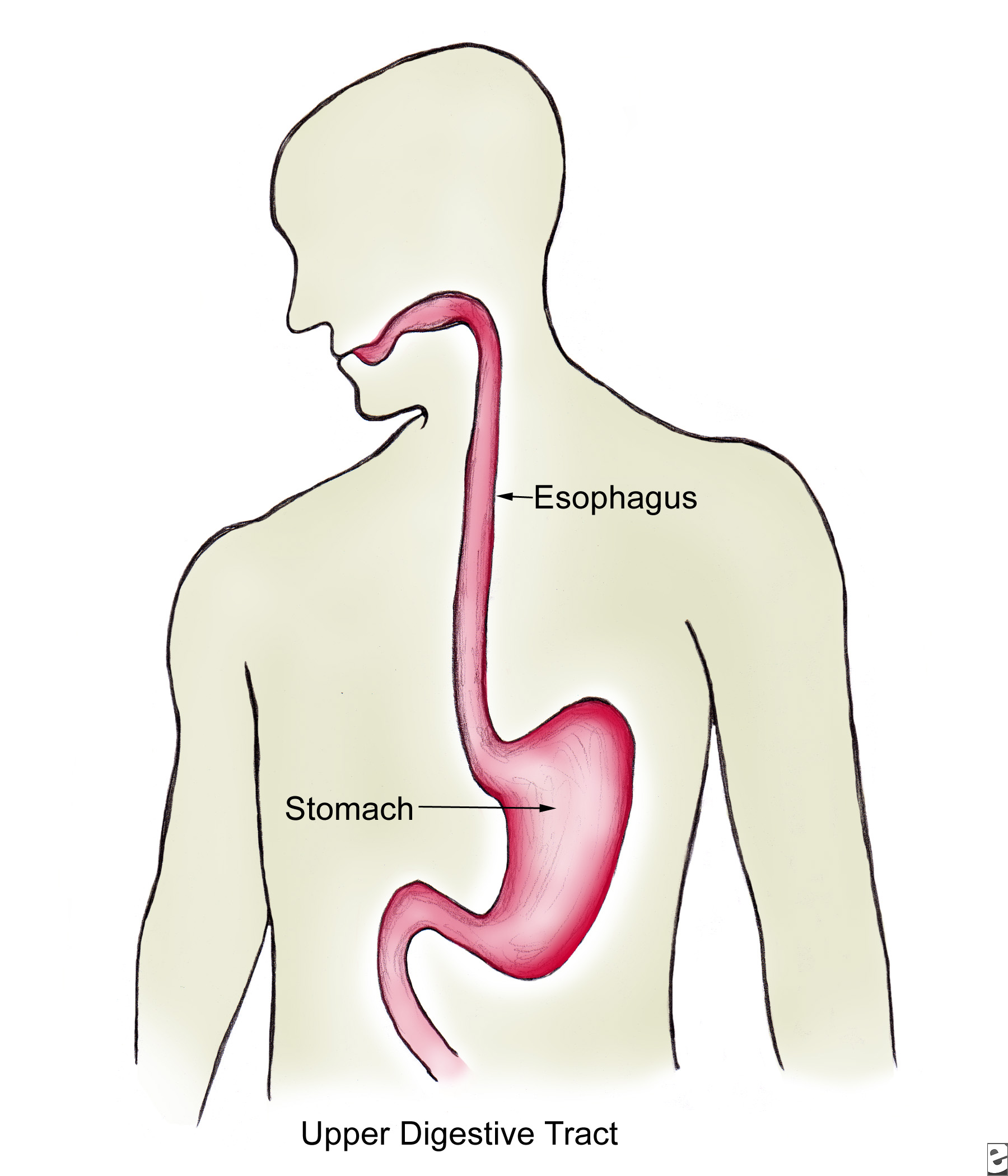
Overview
The esophagus is the hollow, muscular tube that passes food and liquid from your throat to your stomach. It functions as part of your digestive system.
What does the esophagus do?
The primary function of your esophagus is to carry food and liquid from your mouth to your stomach. When you swallow, food and liquid first move from your mouth to your throat (pharynx). A small muscular flap called the epiglottis closes to prevent food and liquid from going down the “wrong pipe”- your windpipe (trachea). Another small flap called the uvula helps prevent liquid from passing upward into your nasal cavity.
How does the esophagus work?
At the opening of your upper esophagus, there’s a ring-shaped muscle called the upper esophageal sphincter. Your upper esophageal sphincter senses when food or liquid is coming toward it. When it gets the signal, the sphincter relaxes or opens so that food can enter your esophagus. When there’s no food or liquid in sight, it stays closed.
Once inside your esophagus, waves of muscular contractions (peristalsis) push the food downward. The food passes through your diaphragm and reaches your lower esophagus.
At the opening of your lower esophagus, there’s another ring-shaped muscle called the lower esophageal sphincter (LES). Like the upper esophageal sphincter (UES), it senses when food and liquid are coming. It relaxes and lets the food pass through to your stomach. When no food or liquid is coming its way, it usually stays shut to prevent stomach acid and digestive juices from getting into your esophagus.
Where is the esophagus located?
The esophagus is located in the center of your chest in an area called the mediastinum. It lies behind your windpipe (trachea) and in front of your spine.
How long is the esophagus?
The average adult esophagus is about 10 to 13 inches long. It’s about three-fourths of an inch thick at its smallest point.
What’s the difference between the trachea and the esophagus?
Your trachea (windpipe) and your esophagus are both muscular tubes located within your neck. However, they have two very different functions. Your trachea is part of your respiratory system, and your esophagus is part of your digestive system. Your trachea transports air in and out of your lungs, whereas your esophagus transports food and liquid from your throat to your stomach.
What problems and conditions can affect the esophagus?
The most common problem that can affect your esophagus is acid reflux. Acid reflux occurs when your lower esophageal sphincter opens when it’s not supposed to. This allows stomach acid and digestive juices to flow back from your stomach into your esophagus. This can cause inflammation and heartburn.
Gastroesophageal reflux disease (GERD) is a more severe form of acid reflux. With GERD, stomach acid persistently flows back into your esophagus. Besides heartburn, some people develop a cough, chest pain, hoarseness, bad breath and/or trouble swallowing.You may feel like there’s a lump in the back of your throat. Over time, GERD can cause significant damage to your esophagus.
Also Read: Long term complications of untreated reflux (GERD)
Other problems that can affect your esophagus include:
- Achalasia: Achalasia is a rare disorder in which your lower esophageal sphincter doesn’t open when it’s supposed to. This prevents food from getting into your stomach.
- Esophageal diverticulum: An esophageal diverticulum is a pouch that bulges outward in a weak section of your esophageal lining. You may be unable to swallow if the diverticulum causes an obstruction.
- Esophageal varices: Esophageal varices are large or swollen veins on the lining of your esophagus. Varices can be fatal if they break open and bleed.
- Esophagitis: Esophagitis is inflammation and irritation of the lining of your esophagus. Acid reflux, infection, vomiting, certain medications or radiation treatment may cause esophagitis.
- Eosinophilic esophagitis: A buildup of certain white blood cells called eosinophils in your esophagus causes this type of esophagitis. Food allergies may cause the buildup of eosinophils in your esophagus.
- Barrett’s esophagus: Barrett’s esophagus is a change in the tissue lining your lower esophagus. Long-term (chronic) GERD may cause the change. Barrett’s esophagus can increase your risk of getting esophageal cancer.
Rarely, esophageal cancer can occur. Two types of cancer can develop in your esophagus:
- Adenocarcinoma: This type of cancer usually develops in the lower part of your esophagus. It starts in the cells that make mucus (gland cells). Adenocarcinoma commonly develops from Barrett’s esophagus.
- Squamous cell carcinoma: This type of cancer develops in the cells that line your esophagus. It usually affects the upper and middle parts of your esophagus.
What are the symptoms of esophagus problems?
One of the most common symptoms of esophagus problems is heartburn. People describe heartburn as a burning feeling in the center of your chest behind your breastbone (sternum).
Other symptoms of esophagus problems depend on the cause. They can include:
- Difficulty swallowing (dysphagia)
- Chest pain
- Regurgitation (food comes back into your mouth from your esophagus).
- Feeling like food is stuck in the back of your throat.
- Cough
- Hoarseness or sore throat.
- Vomiting or vomiting blood
- Bad breath (halitosis)
- Weight loss
How are esophagus problems diagnosed?
Your healthcare provider may recommend one or more of the following tests to determine if you have an esophagus condition:
- Upper endoscopy: Your healthcare provider will insert a flexible tube with a camera on the end (endoscope) through your throat and into your esophagus. An endoscope can exam your esophagus, stomach and first part of your small intestine (duodenum) looking for issues.
- Biopsy: Your healthcare provider will collect tissue samples from the lining of your esophagus. A pathologist will examine the tissue samples under a microscope.
- Barium swallow: Your healthcare provider will use a type of X-ray called a fluoroscopy. You will have to drink a chalky-tasting liquid that contains barium. Barium is a substance that makes parts of your body show up more clearly on X-rays.
- Esophageal pH test: Your healthcare provider will place a thin tube (catheter) in your esophagus. This test measures how often stomach acid enters your esophagus and how long it stays there.
How do you treat esophagus problems?
Treatment for esophagus problems depends on the cause. Some esophagus problems can be treated with over-the-counter medication or diet changes. Other conditions may require prescription medication, procedures or surgery.
Common medications for esophagus conditions include:
- Antacids: Antacids neutralize stomach acids. Some common brand names include Tums®, Rolaids® and Mylanta®.
- H-2 receptor blockers: Acid blockers decrease acid production. Some common brand names include Tagmet®, Pepcid AC® and Zantac®.
- Proton pump inhibitors: These are stronger acid blockers that also help heal your esophagus tissue. Some common brand names include Prevacid®, Prilosec® and Nexium®.
- Baclofen: Baclofen is used to reduce the relaxation of the lower esophageal sphincter so it doesn’t open when it’s not supposed to.
Some conditions may require special procedures or surgery to correct the issue. These can include:
- Esophageal dilation: Conditions that have caused inflammation of your esophagus can cause scarring. If not treated, the scarring can eventually lead to the thickening of the walls of your esophagus. Thickening of the walls of your esophagus causes the opening of your esophagus to become narrower (stricture). Strictures can prevent food and liquid from getting to your stomach. Your healthcare provider can treat strictures by stretching your esophagus through a procedure called esophageal dilation. They will use a balloon or dilator (a long plastic or rubber cylinder) to stretch or widen the narrowed area of your esophagus.
- Laparoscopic antireflux surgery: Also called Nissen fundoplication, this procedure fixes your acid reflux by creating a new valve device at the bottom of your esophagus. Your surgeon wraps the upper part of your stomach around the lower part of your esophagus to strengthen the lower esophageal sphincter.
- LINX device implantation: A LINX device is a ring of magnets that are strong enough to keep the passageway between the stomach and the esophagus closed to acid but weak enough for food and liquid to pass through.
- Esophagectomy: In rare cases, your surgeon will remove your esophagus in a procedure called esophagectomy.
Treatment for esophageal cancer depends on the severity of the disease.
When to see a doctor
Your esophagus is a hollow, muscular tube that carries food and liquid from your throat to your stomach. Muscles at the top and bottom of your esophagus play an important part in the process. If the lower muscle doesn’t work properly, it can cause health issues with your esophagus, including acid reflux, GERD and achalasia. Other problems with your esophagus can occur as well. Talk to your healthcare provider if you have symptoms including heartburn, chest pain and difficulty swallowing. You may have a condition in your esophagus that needs to be addressed.

